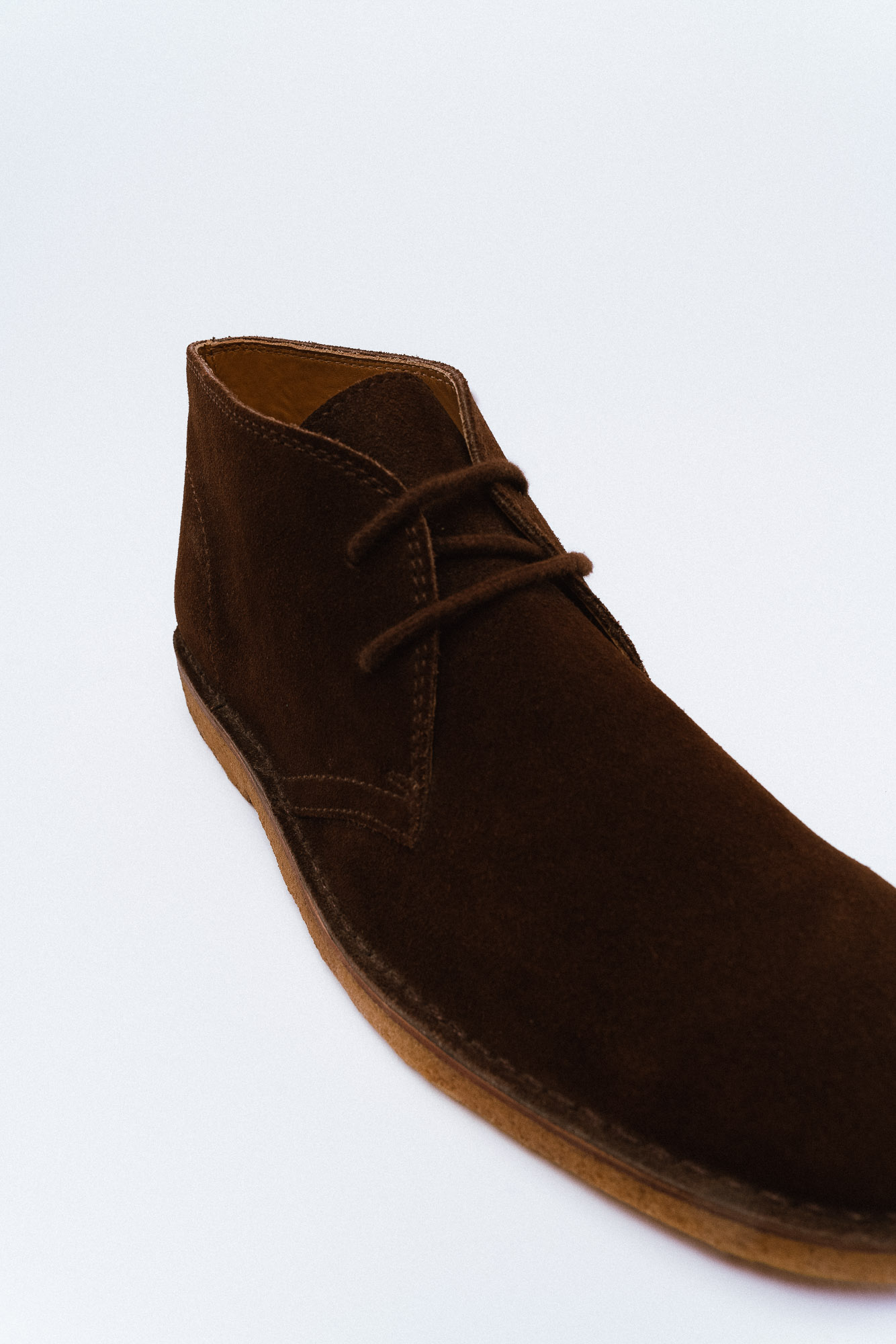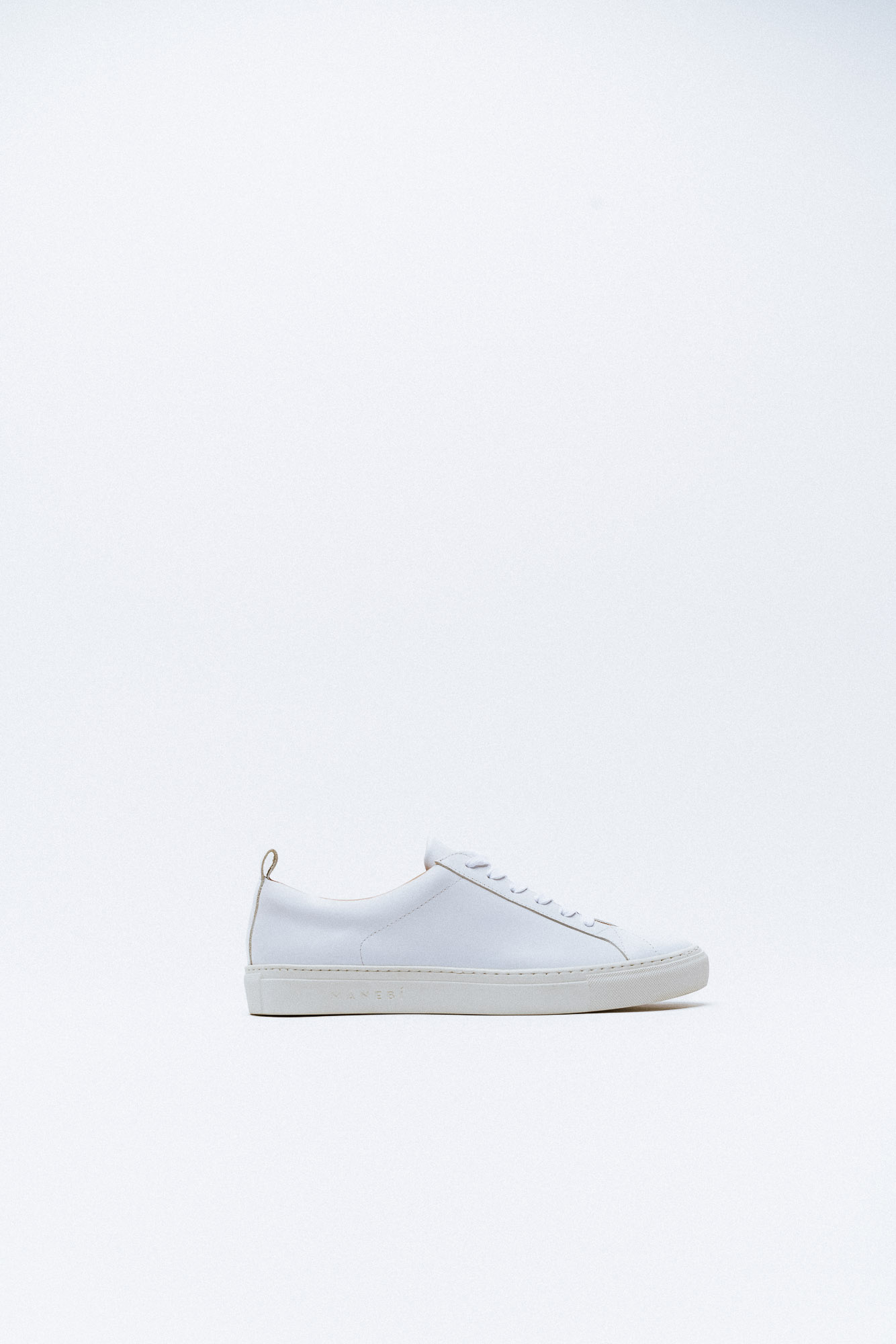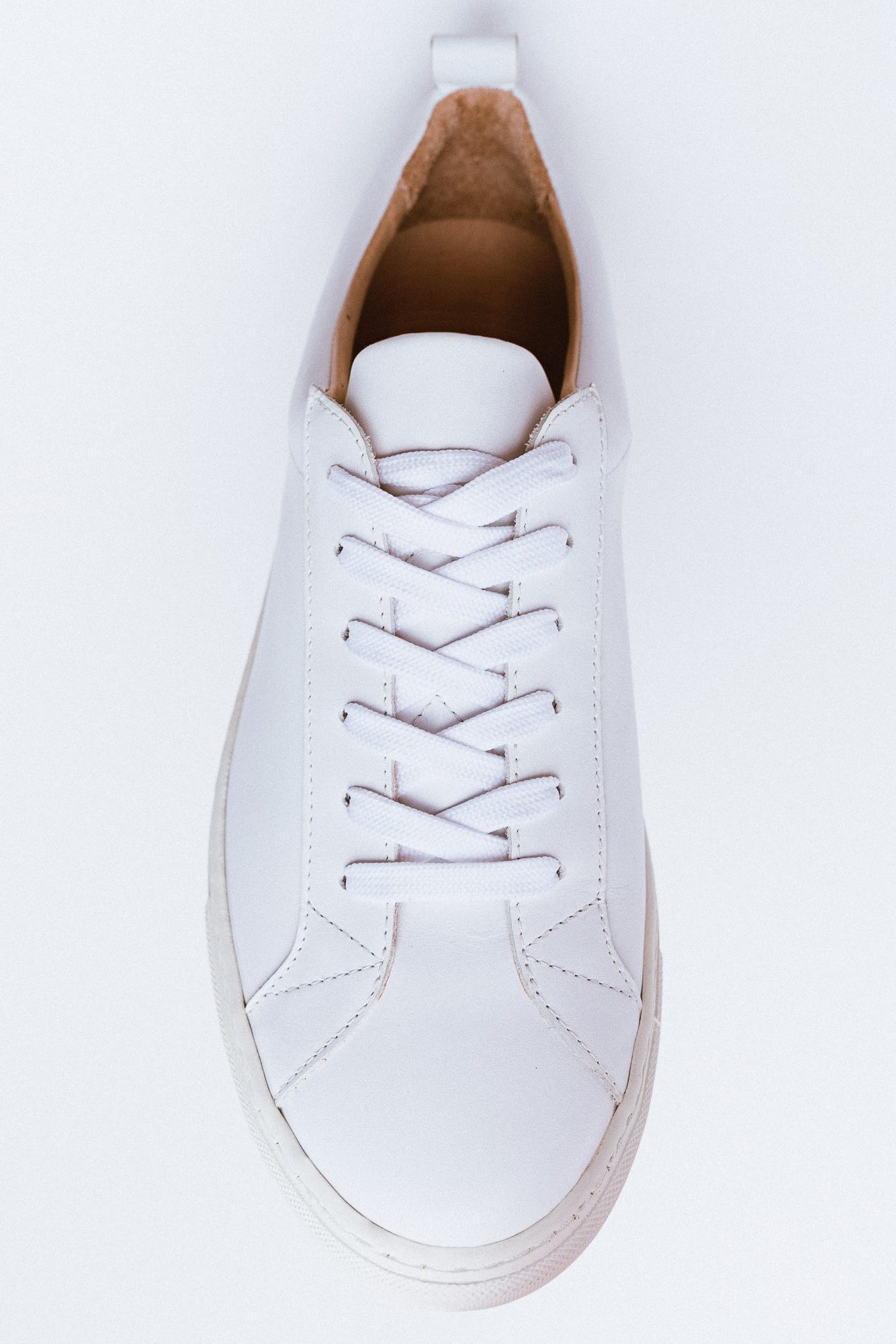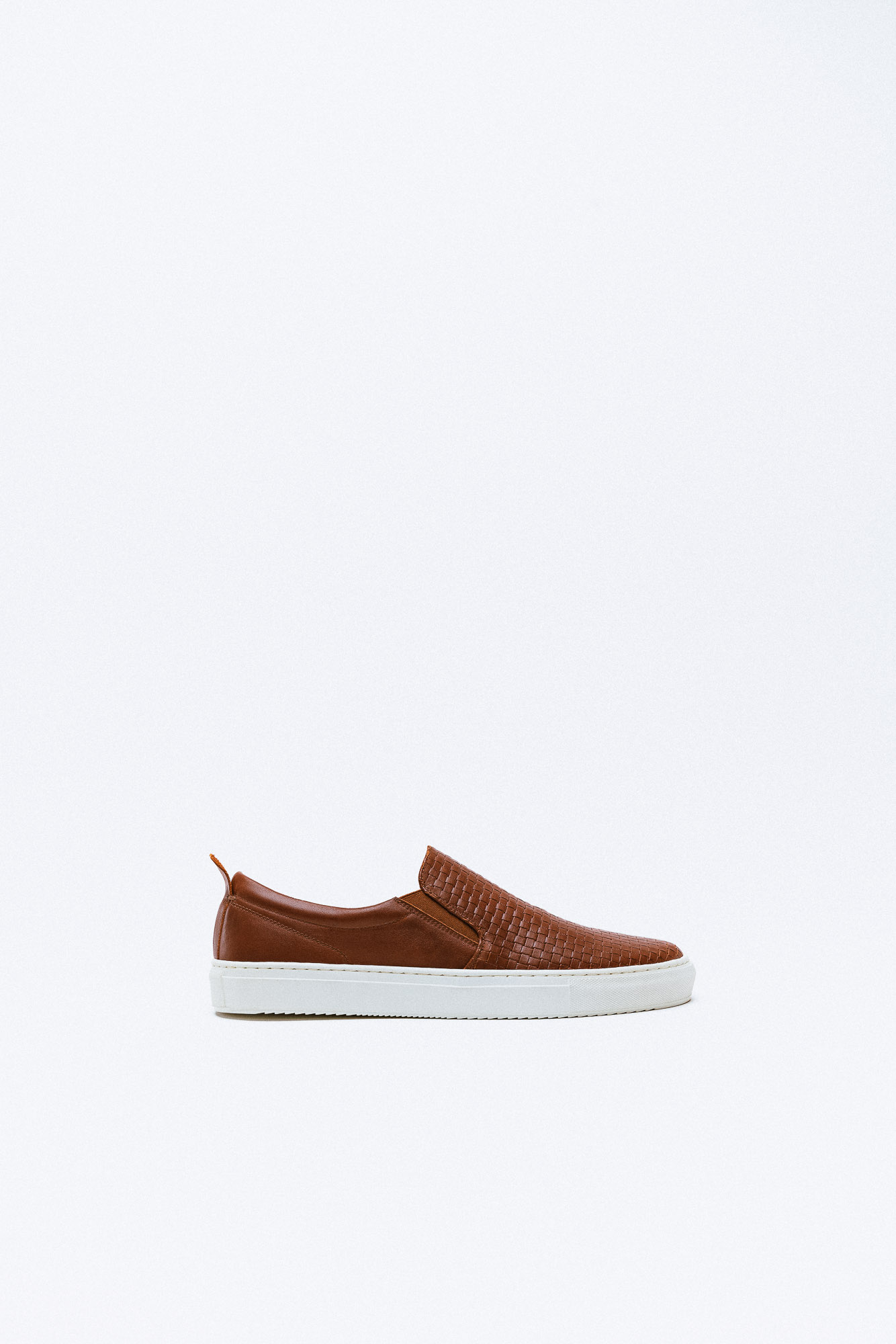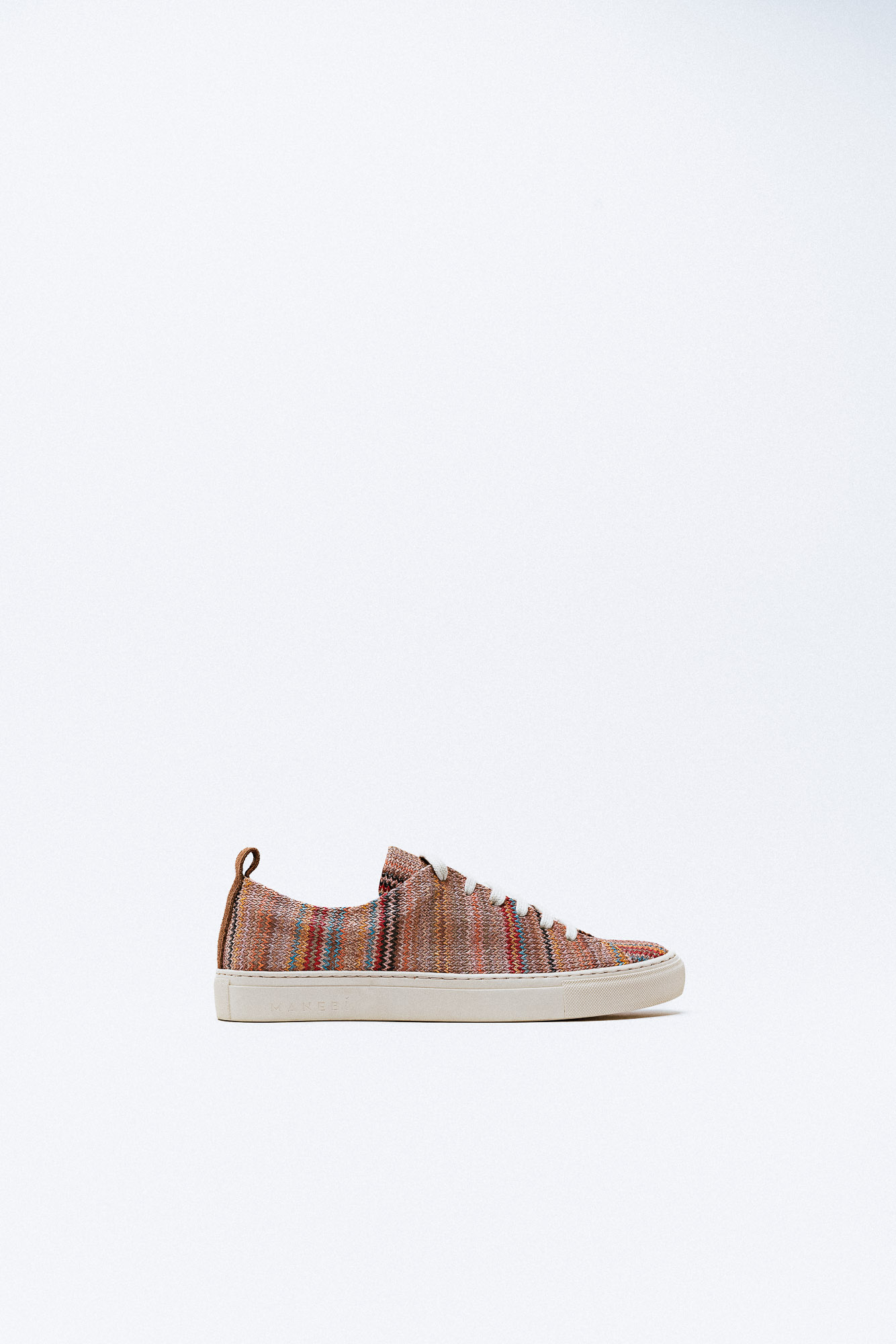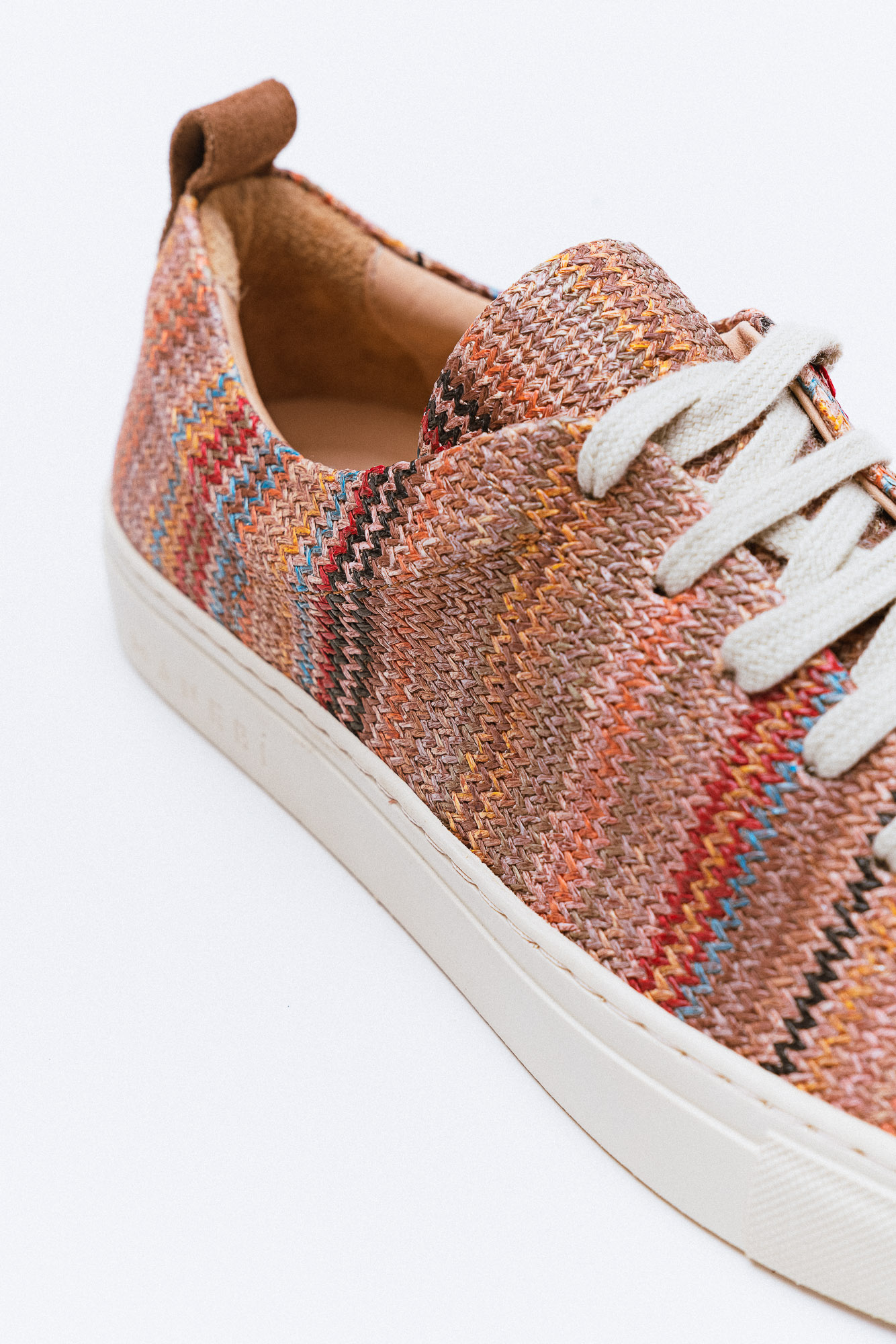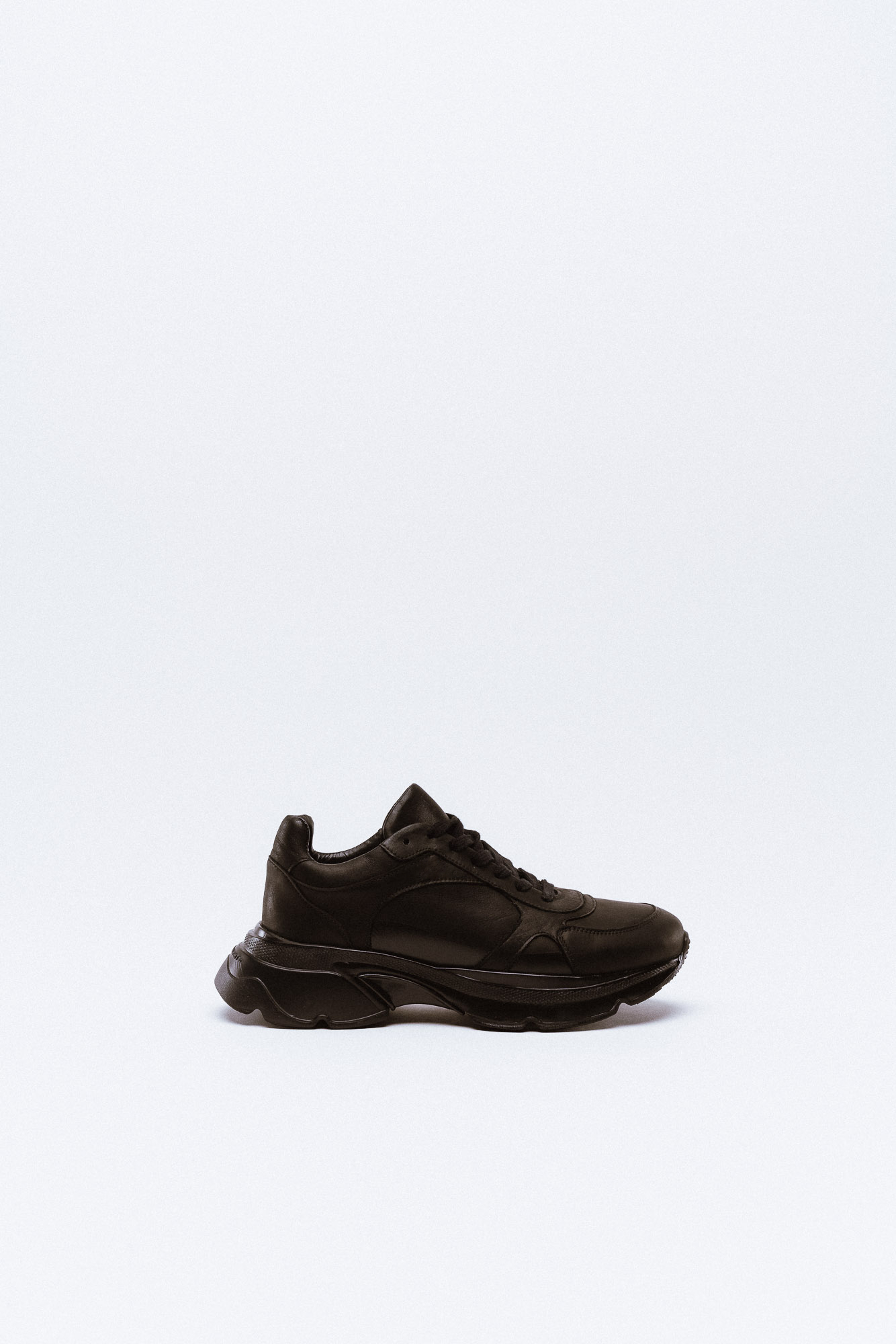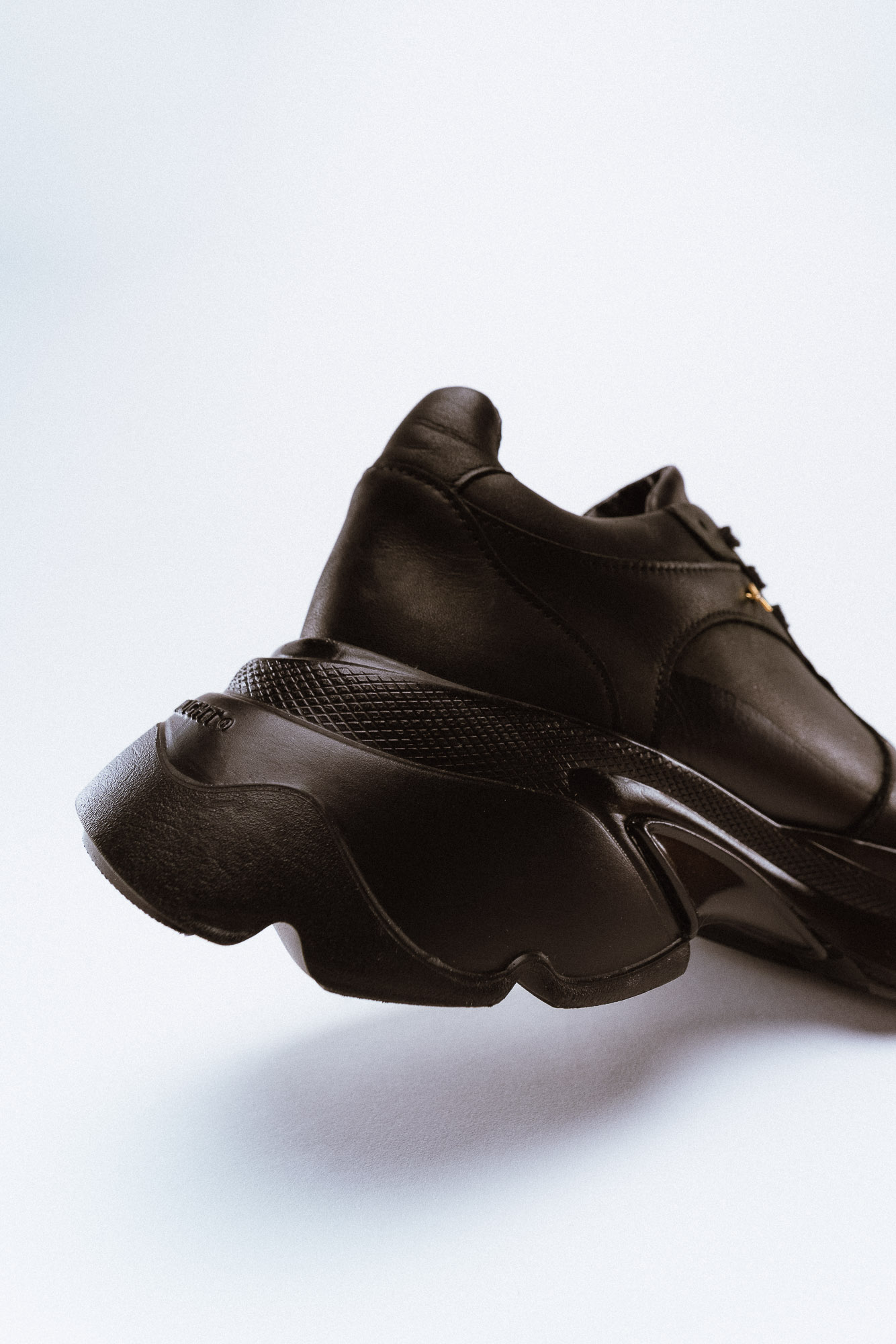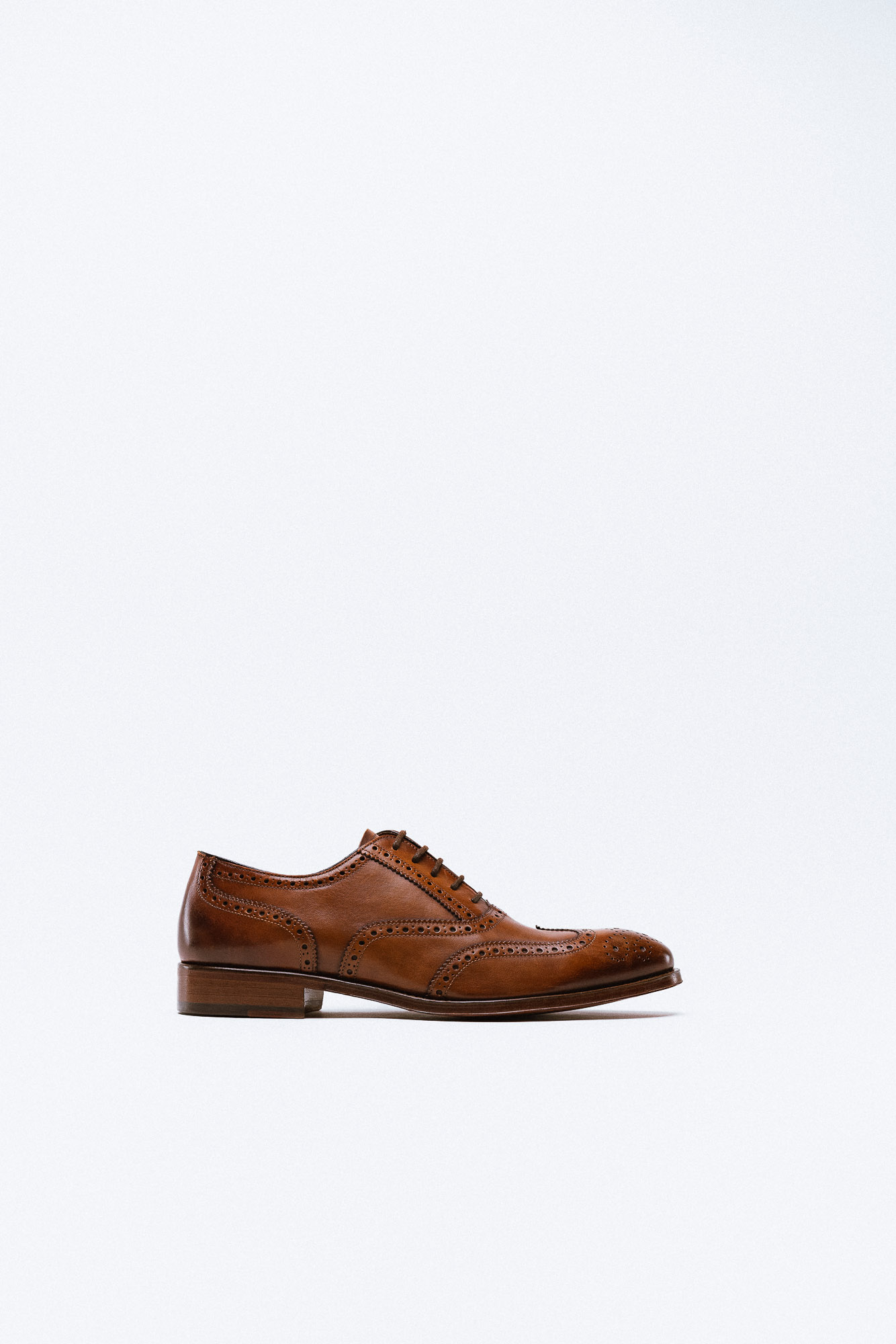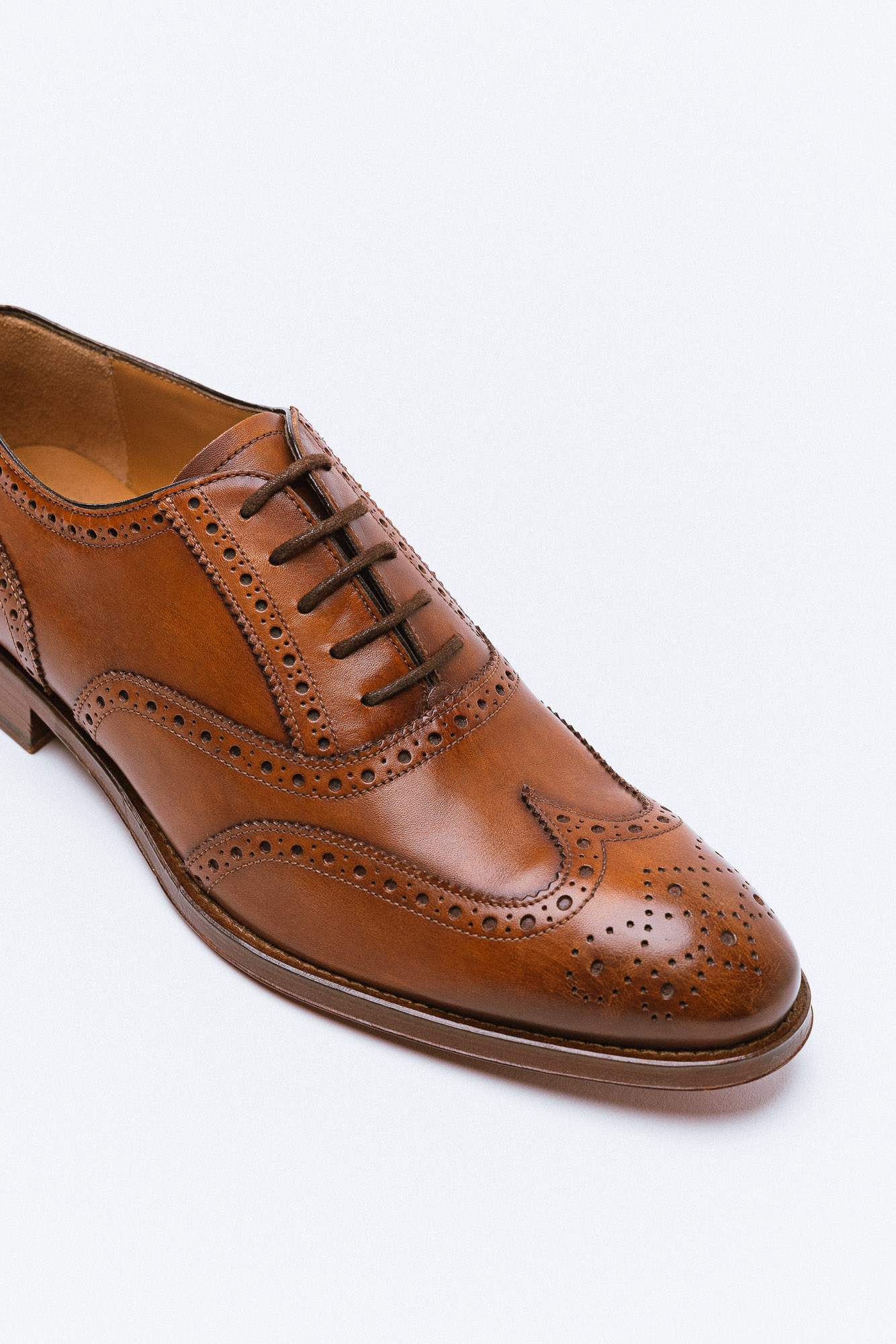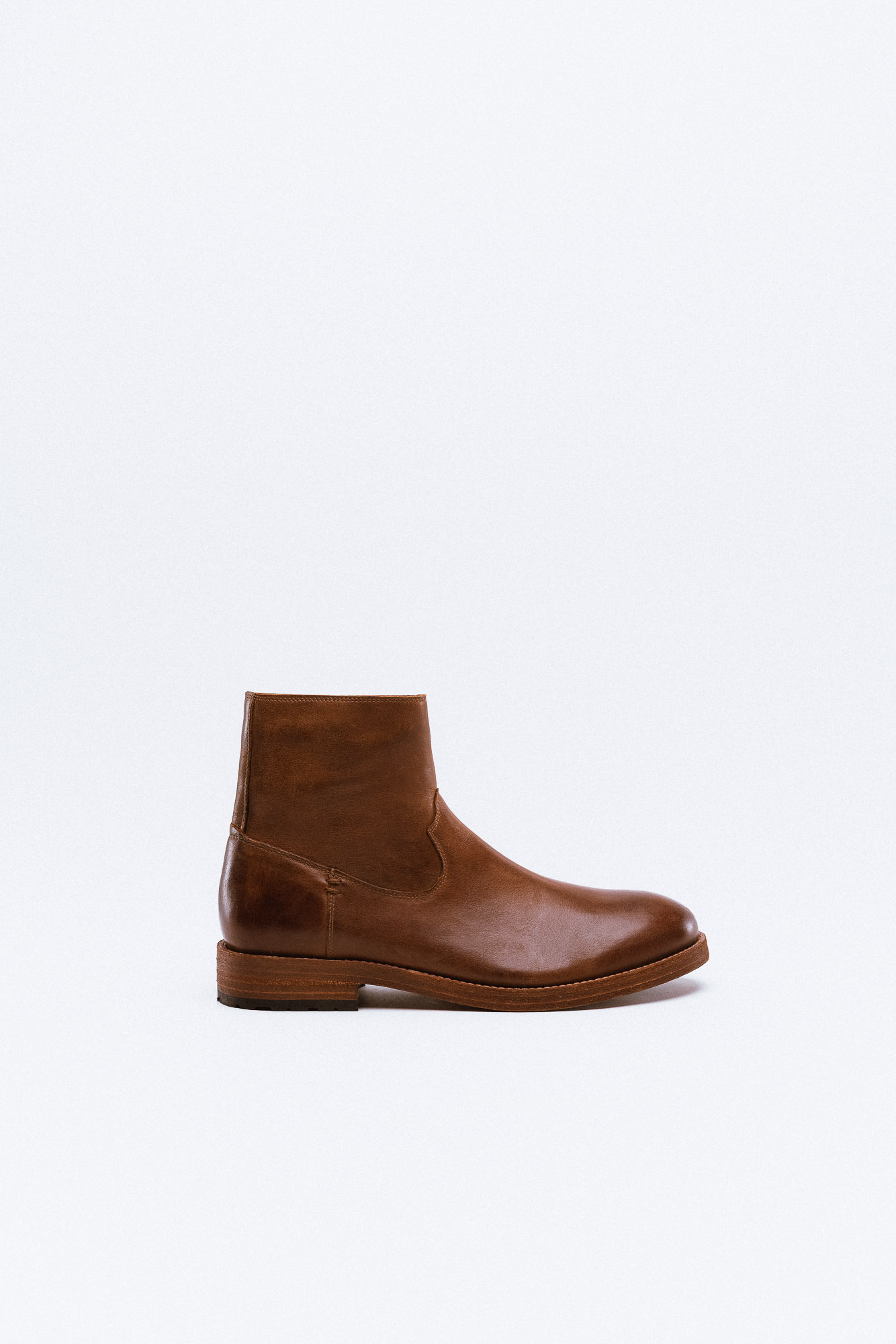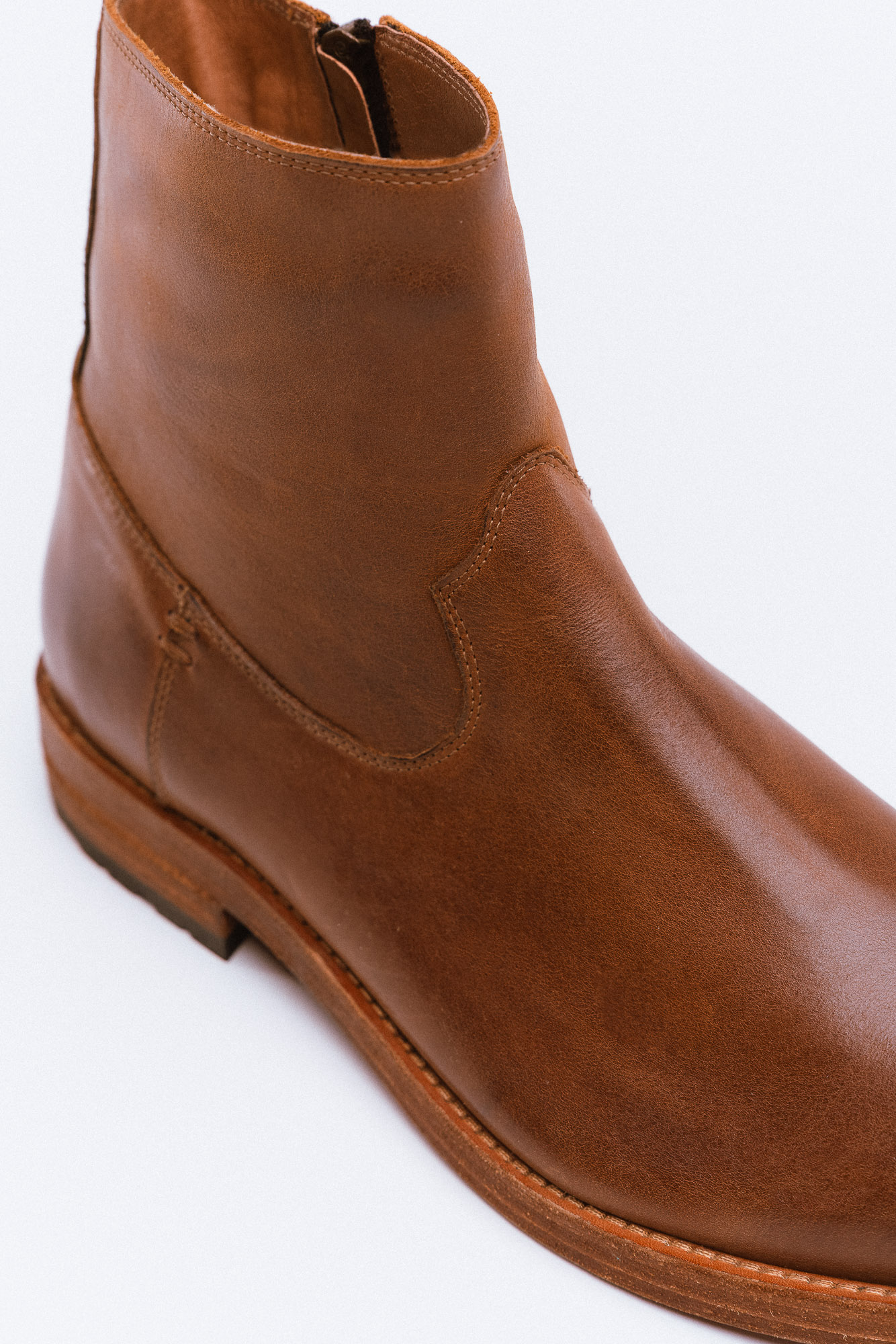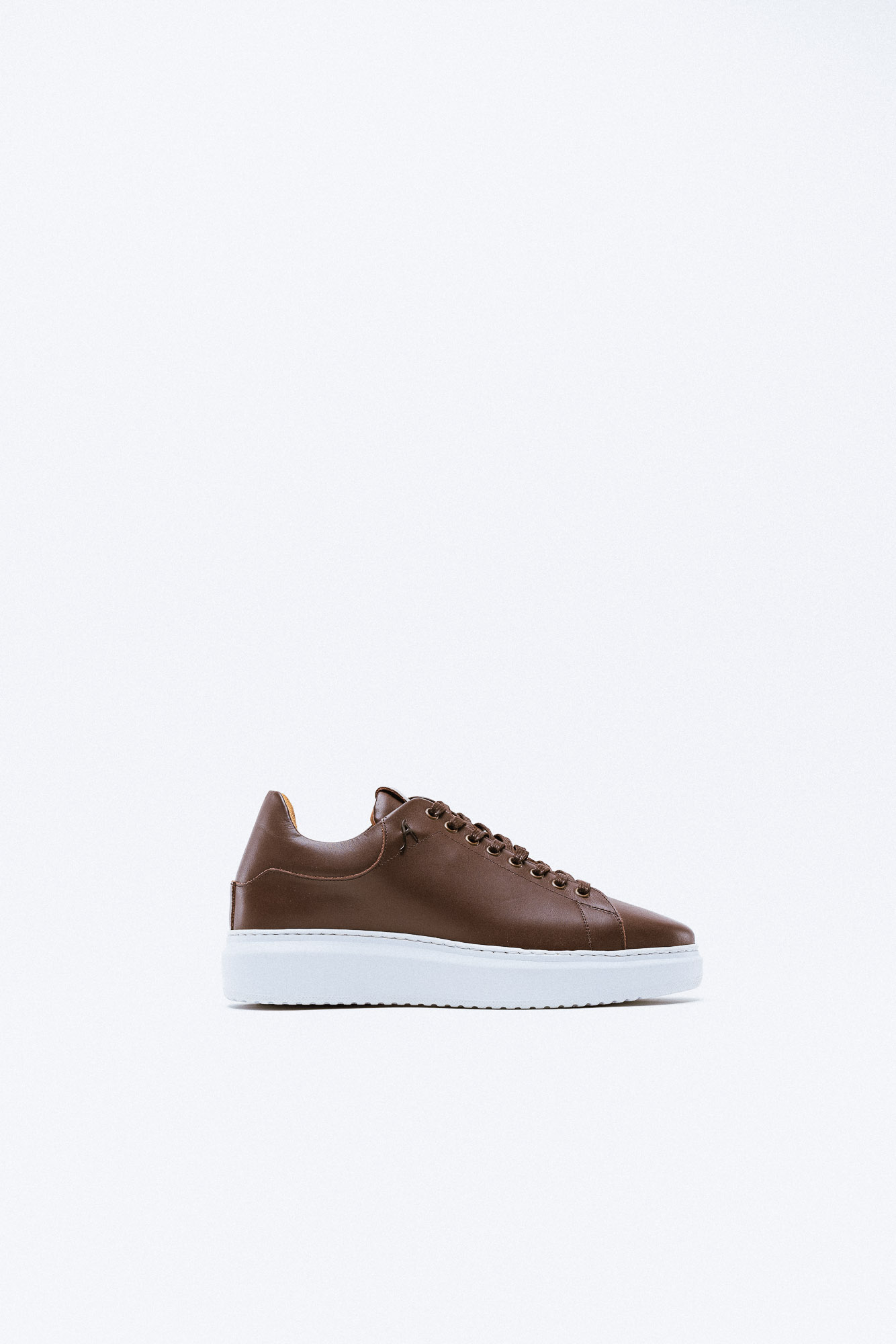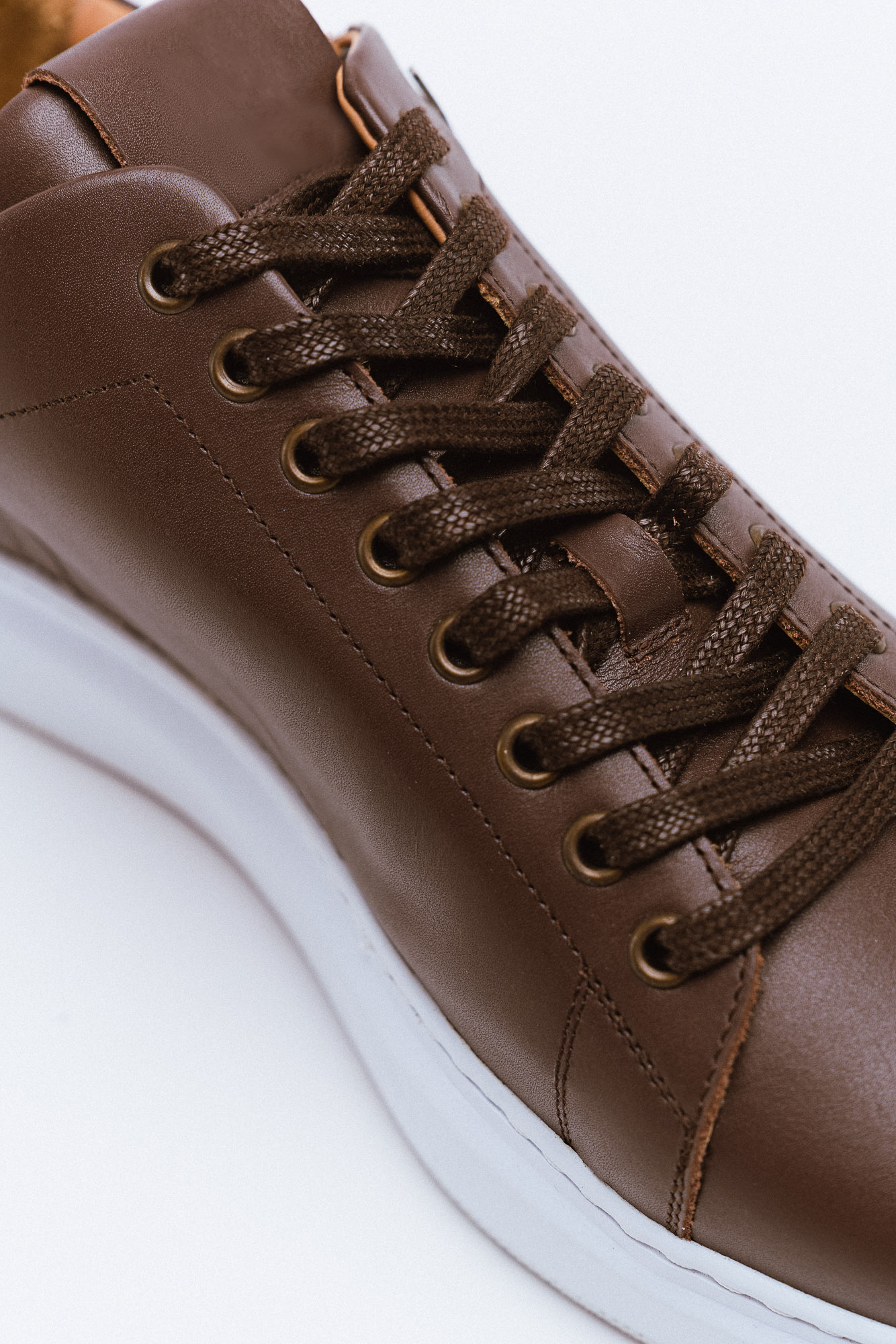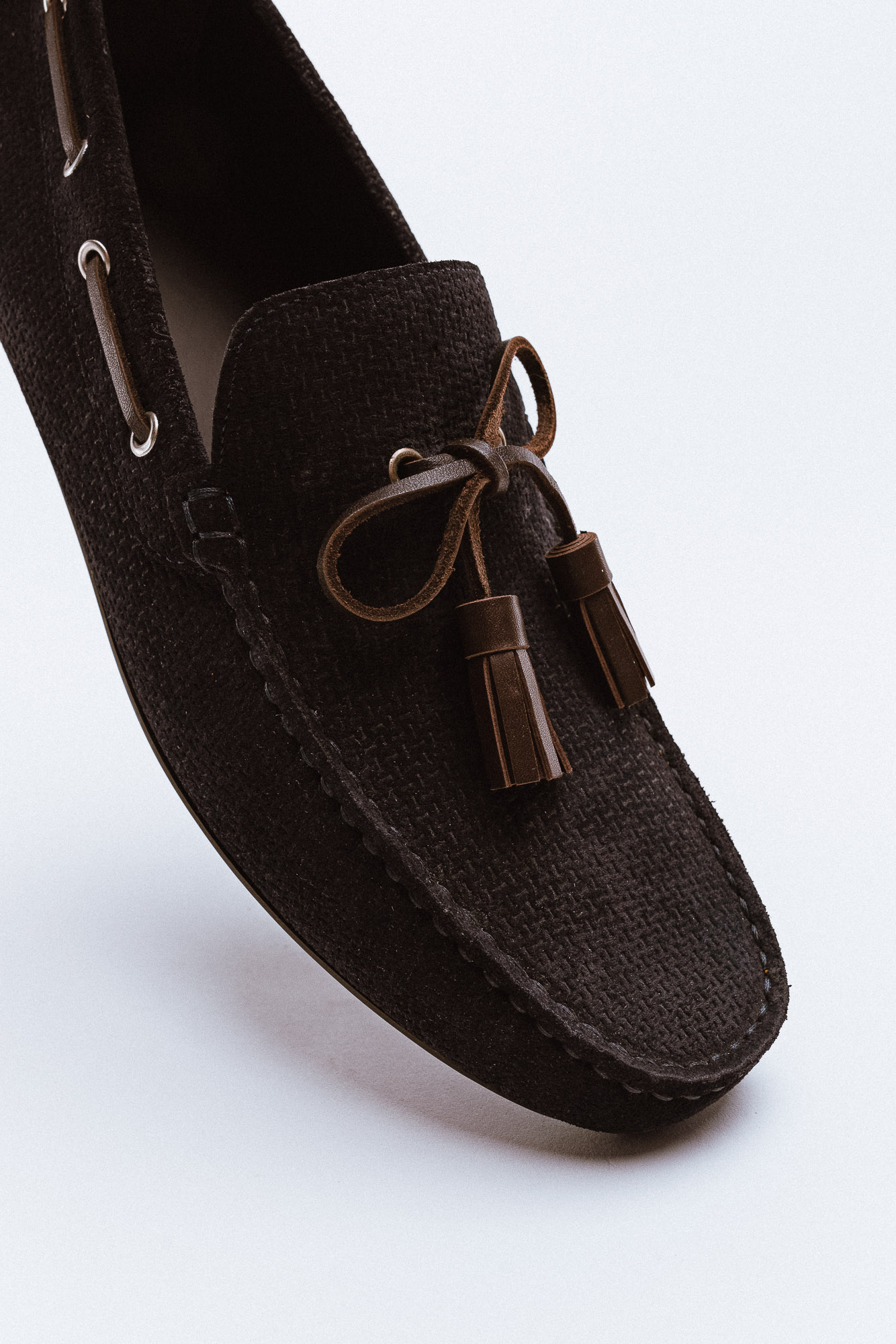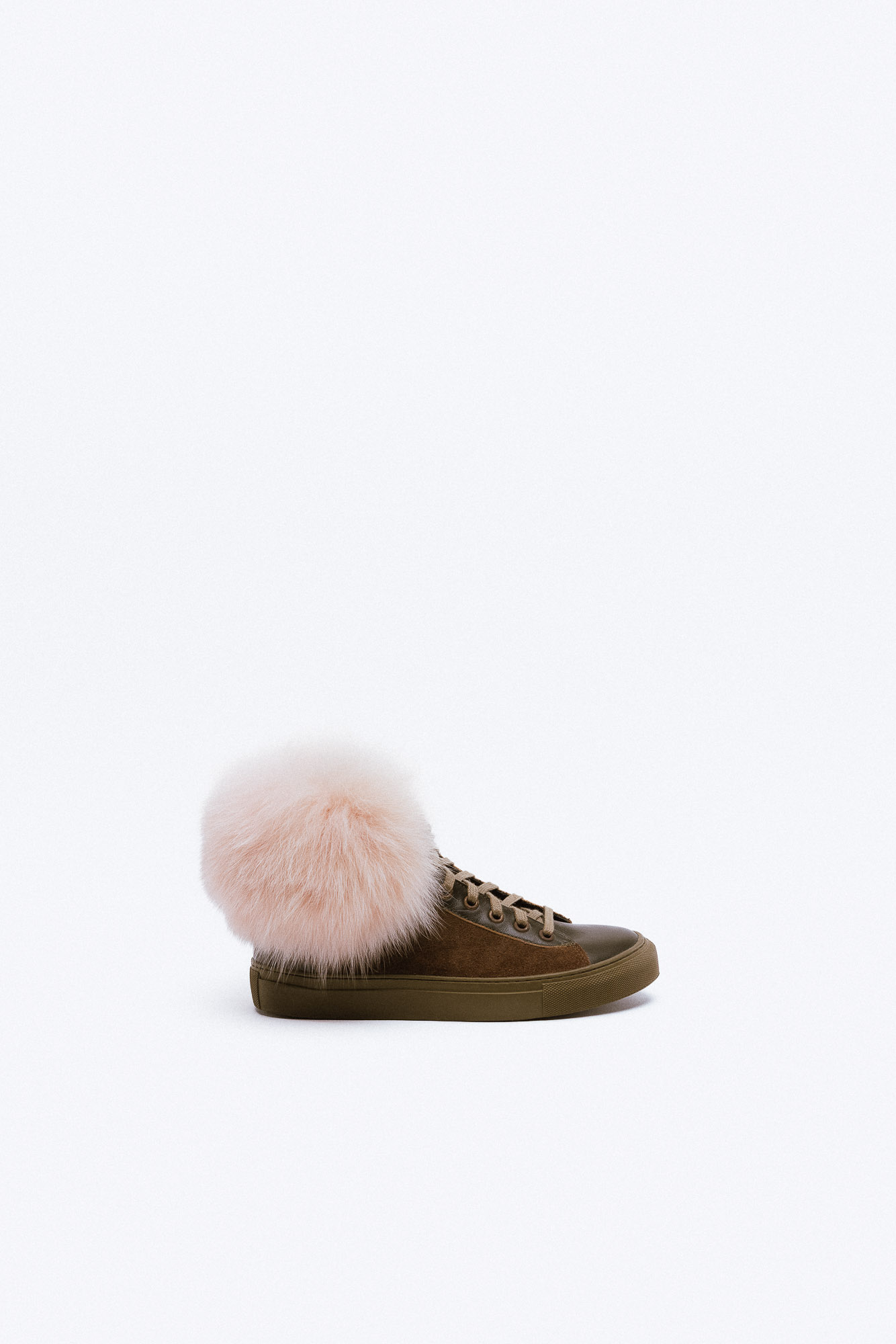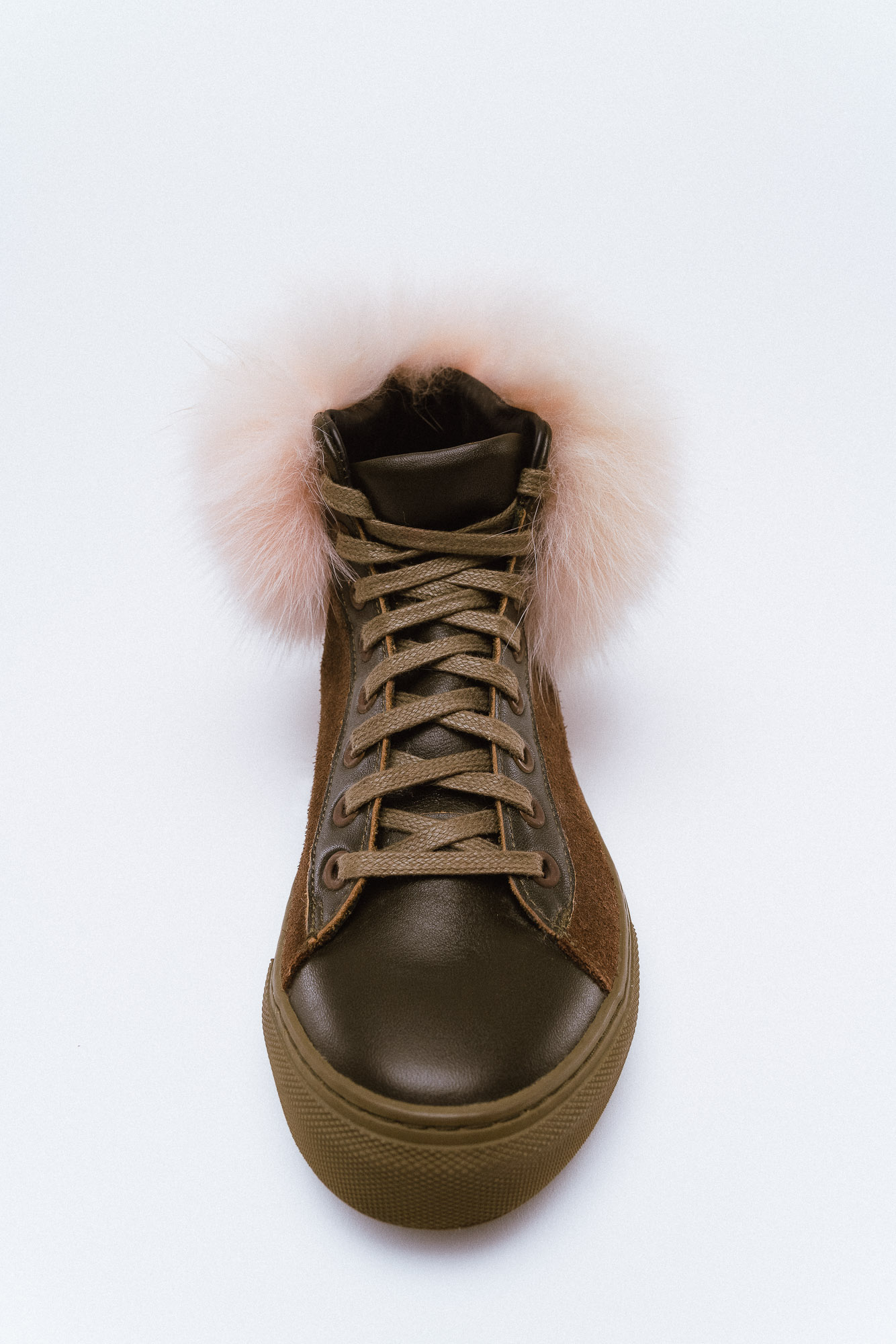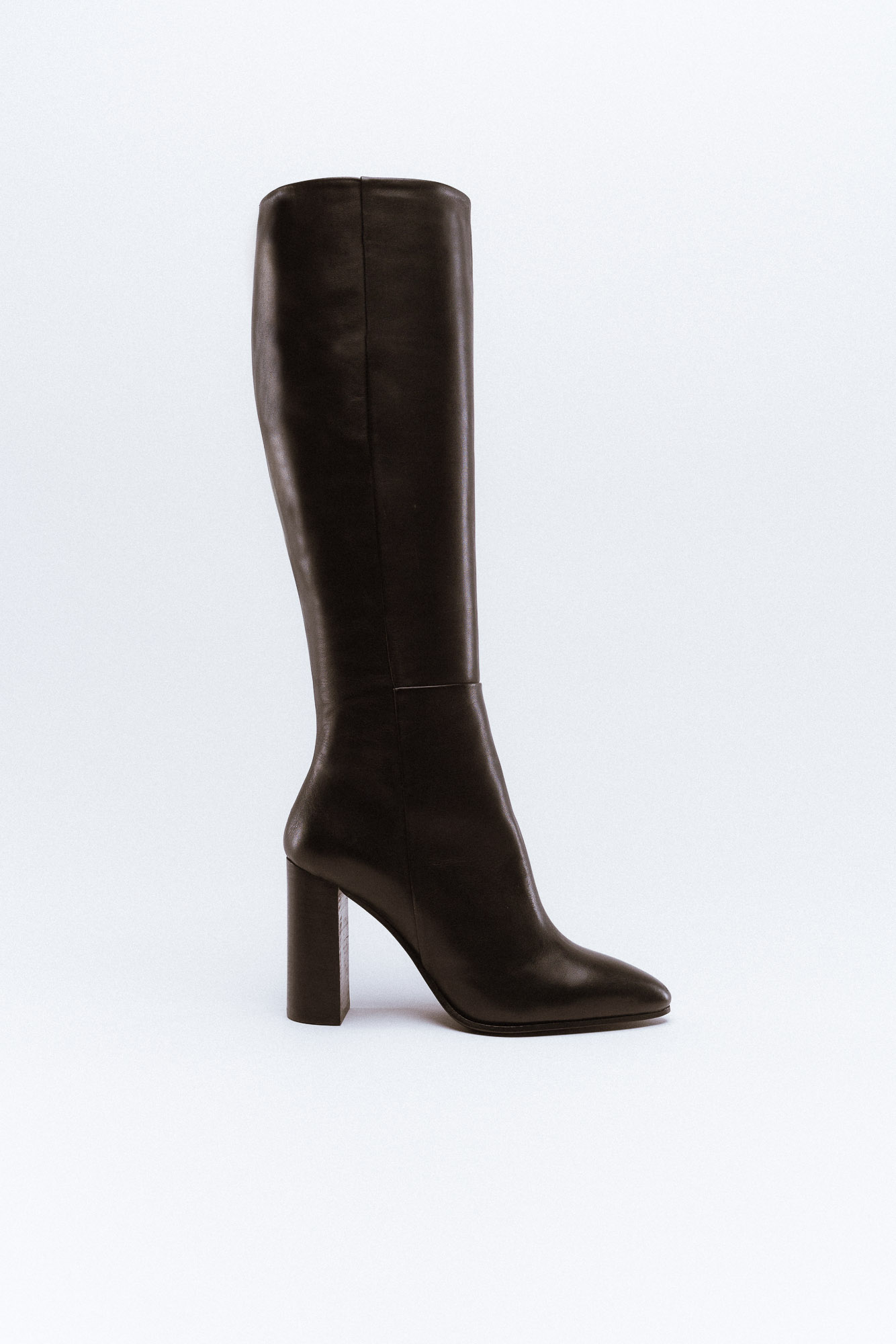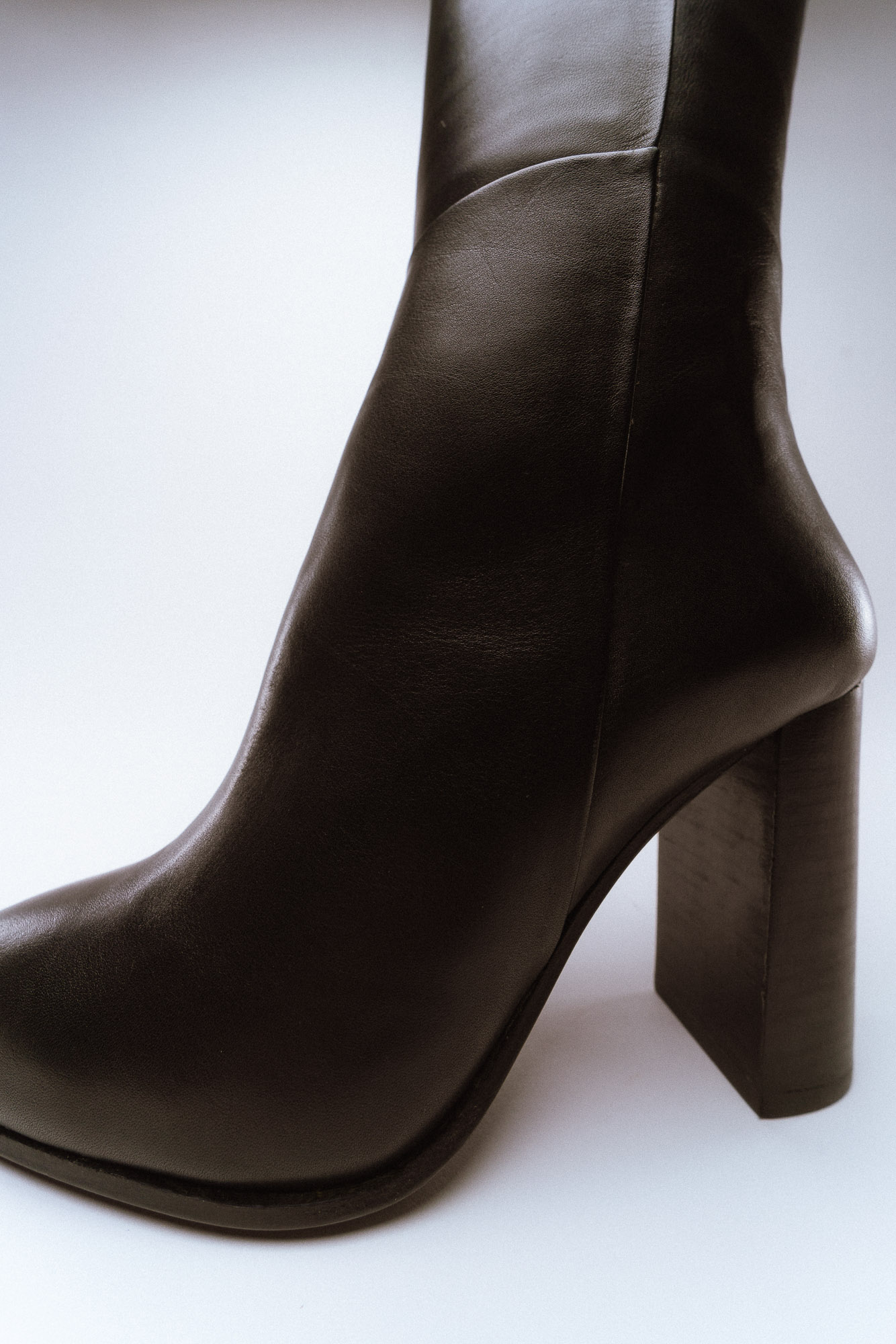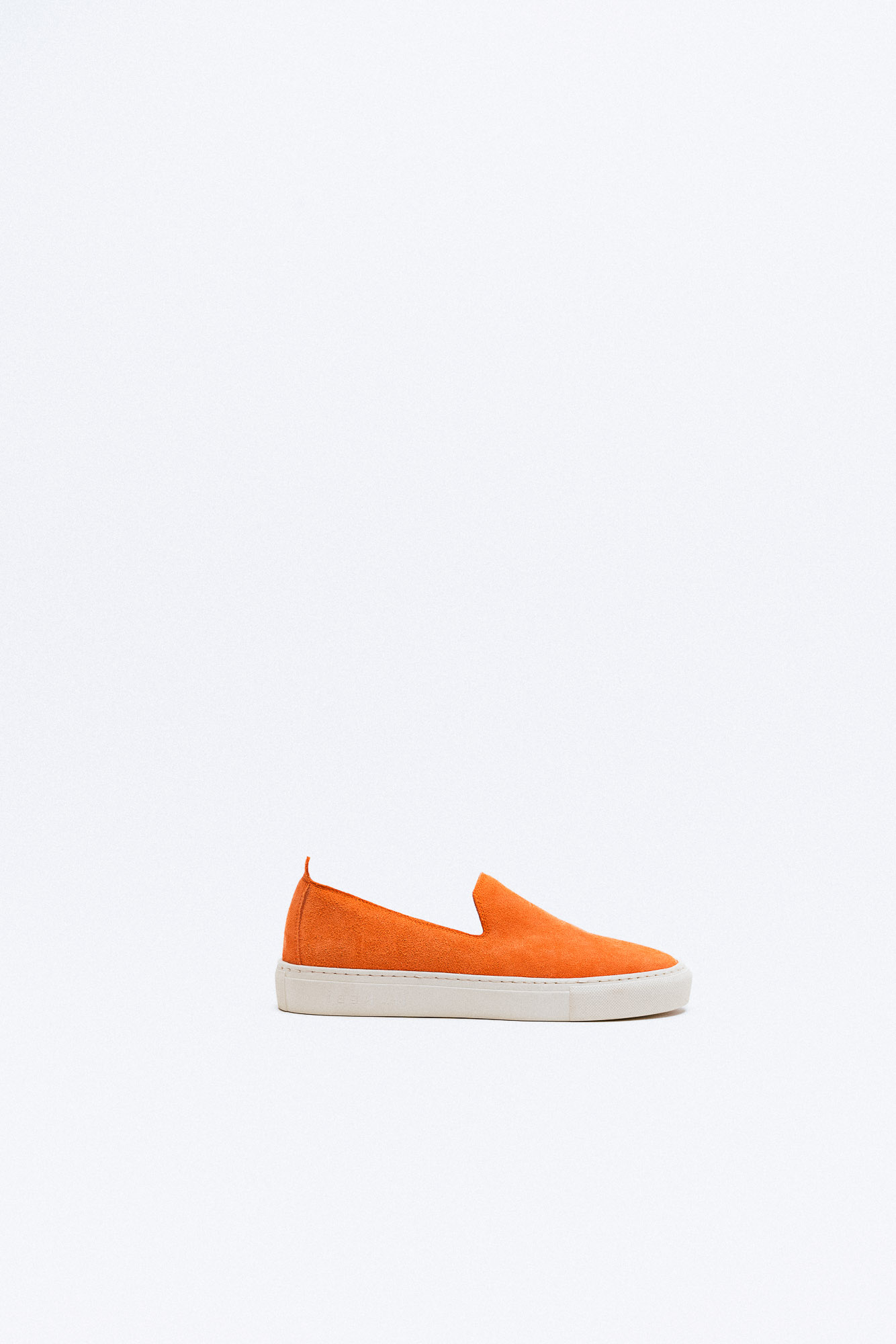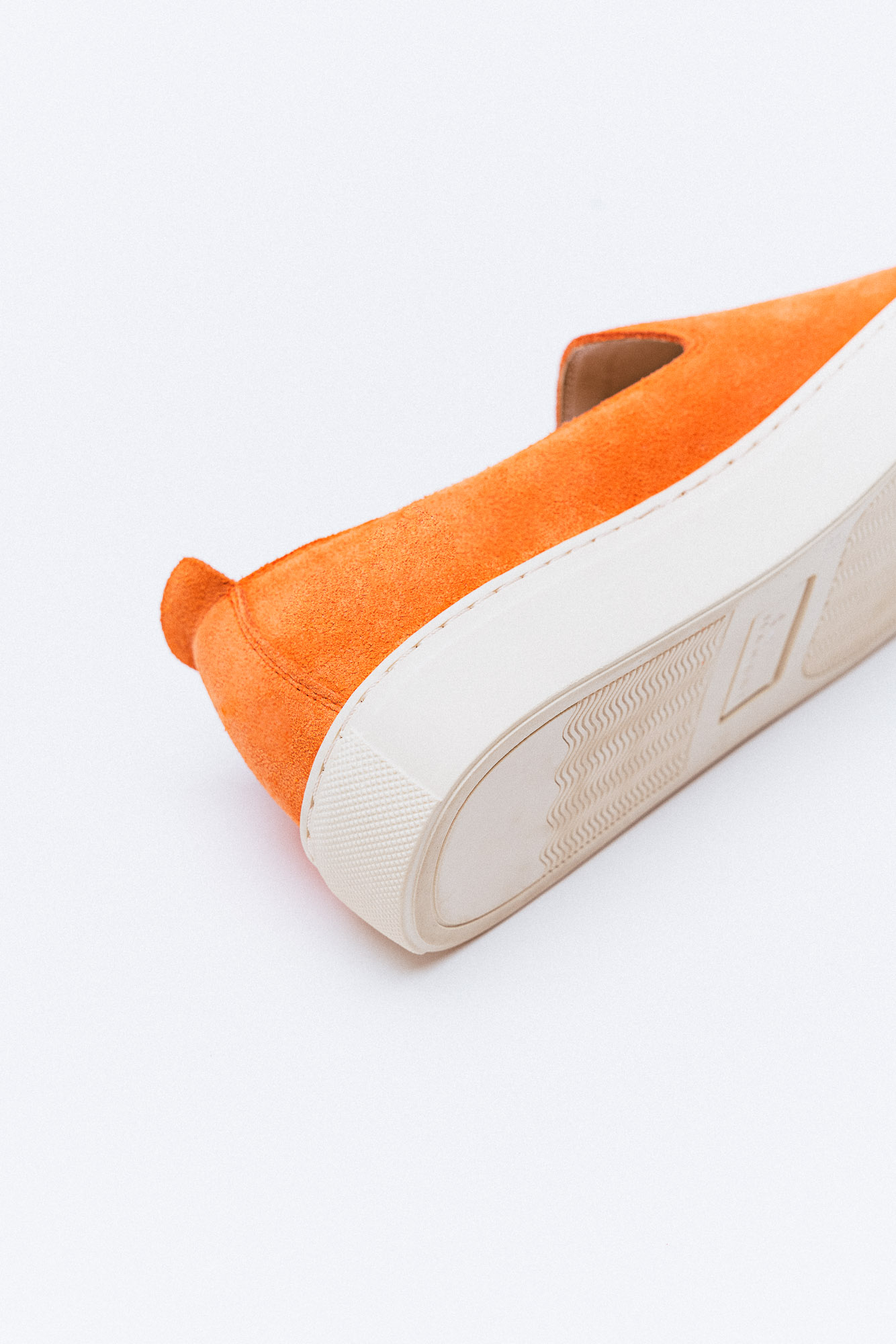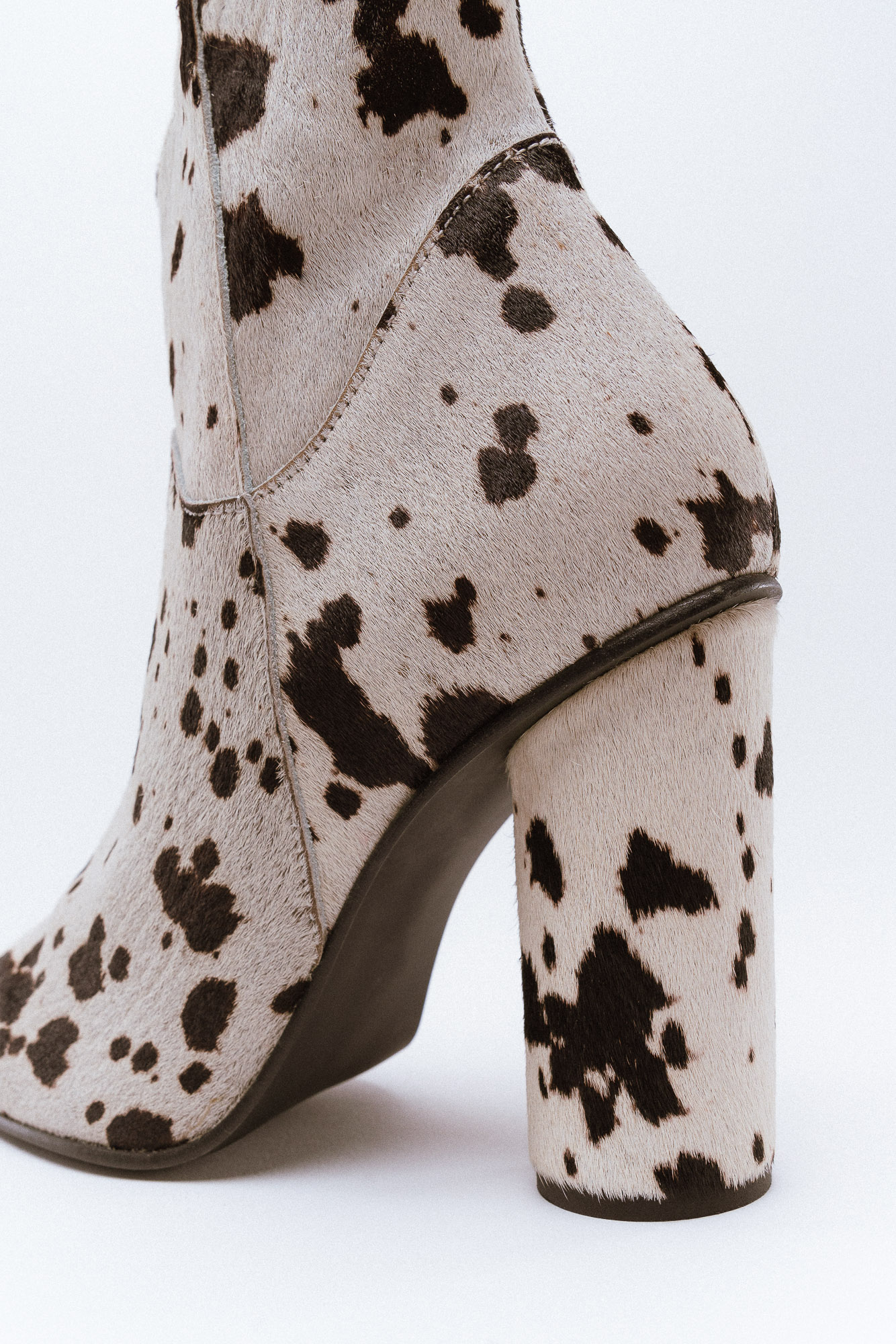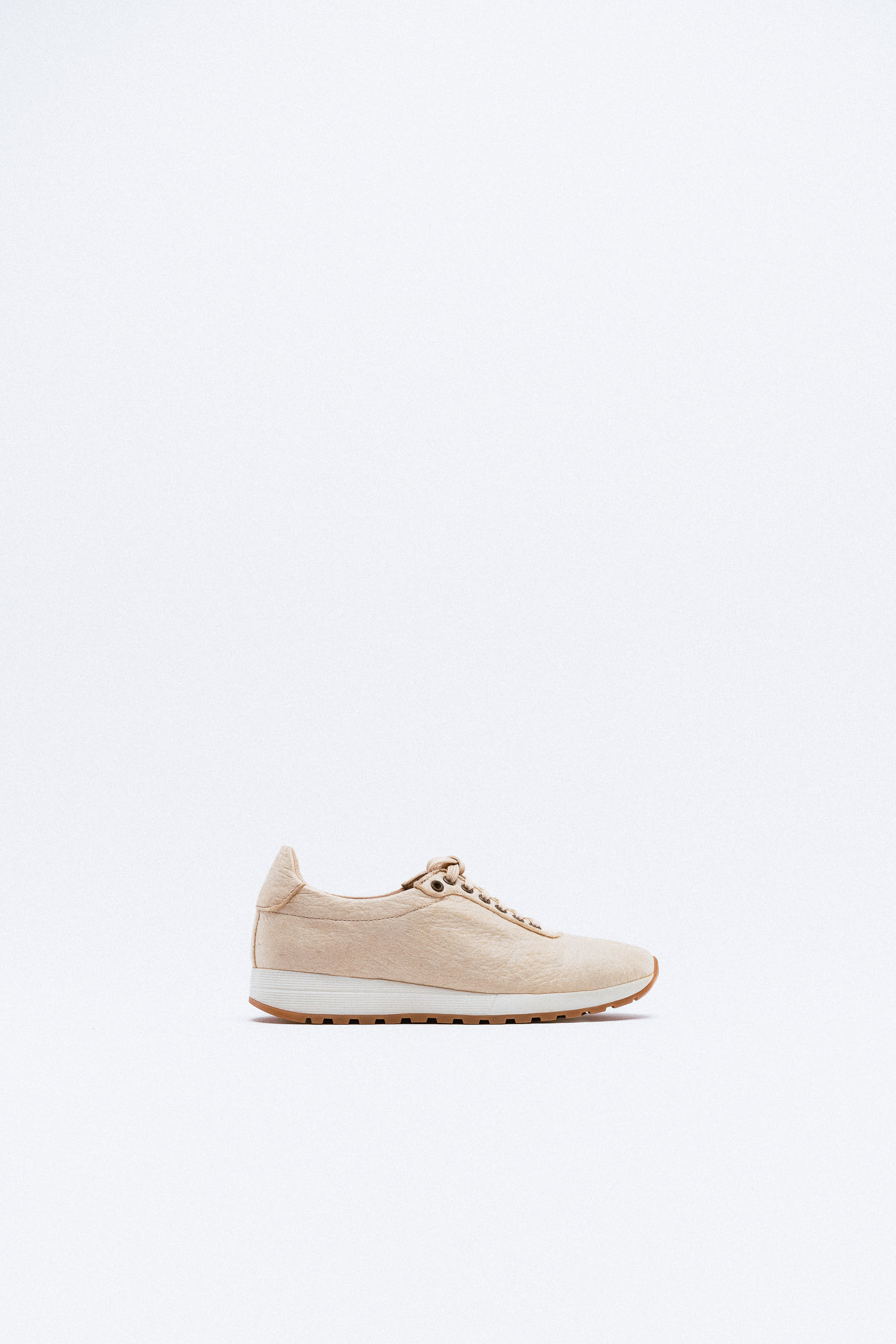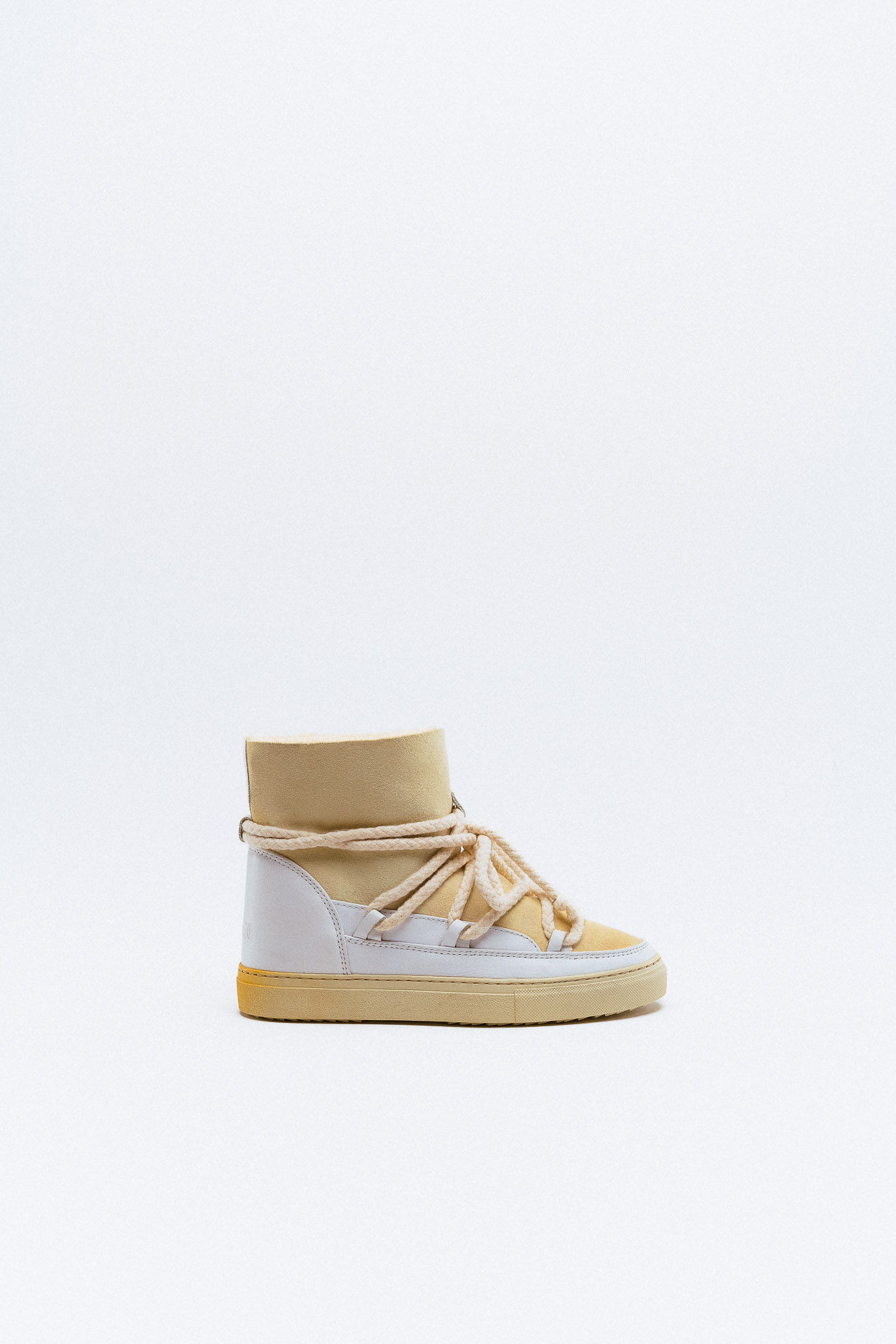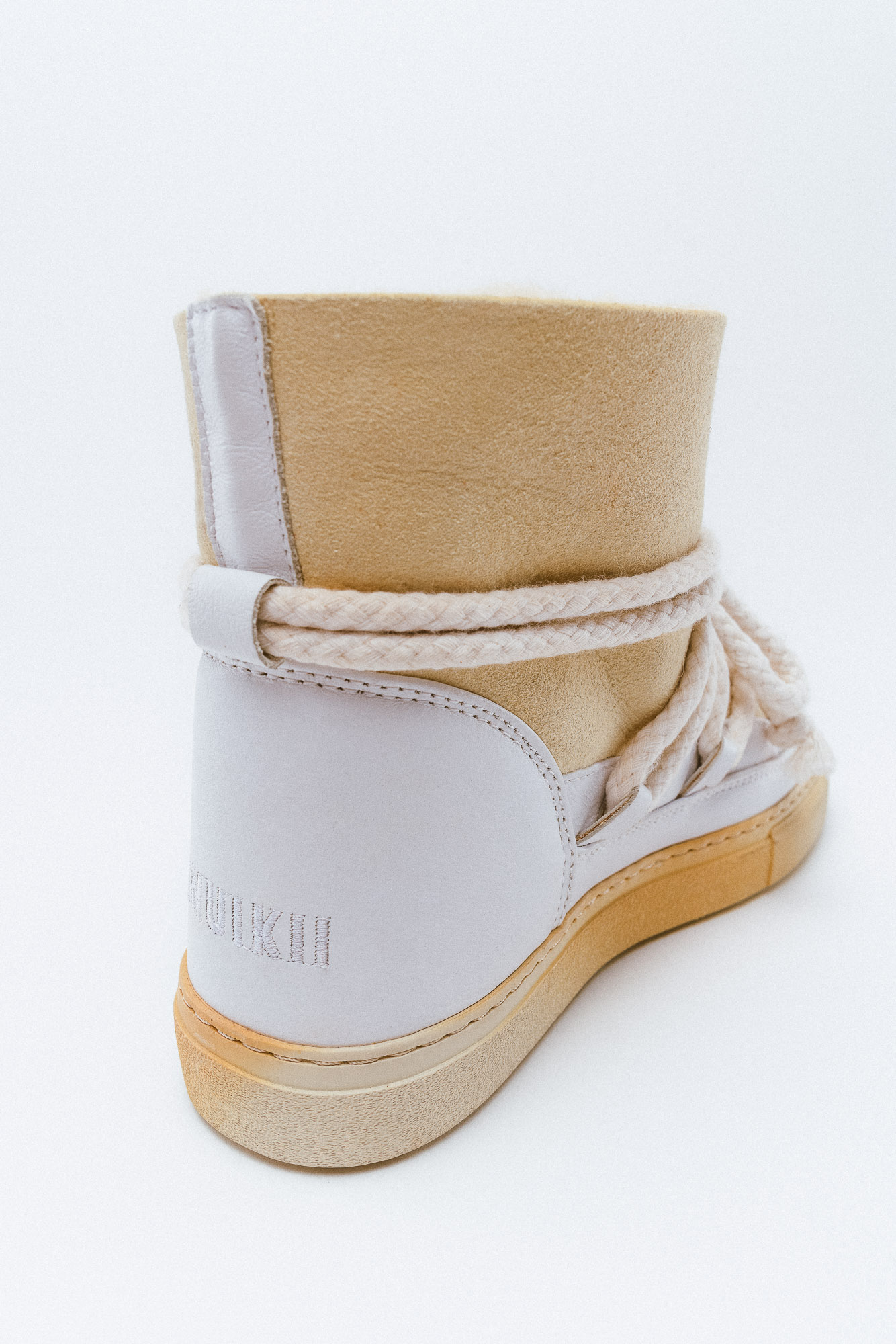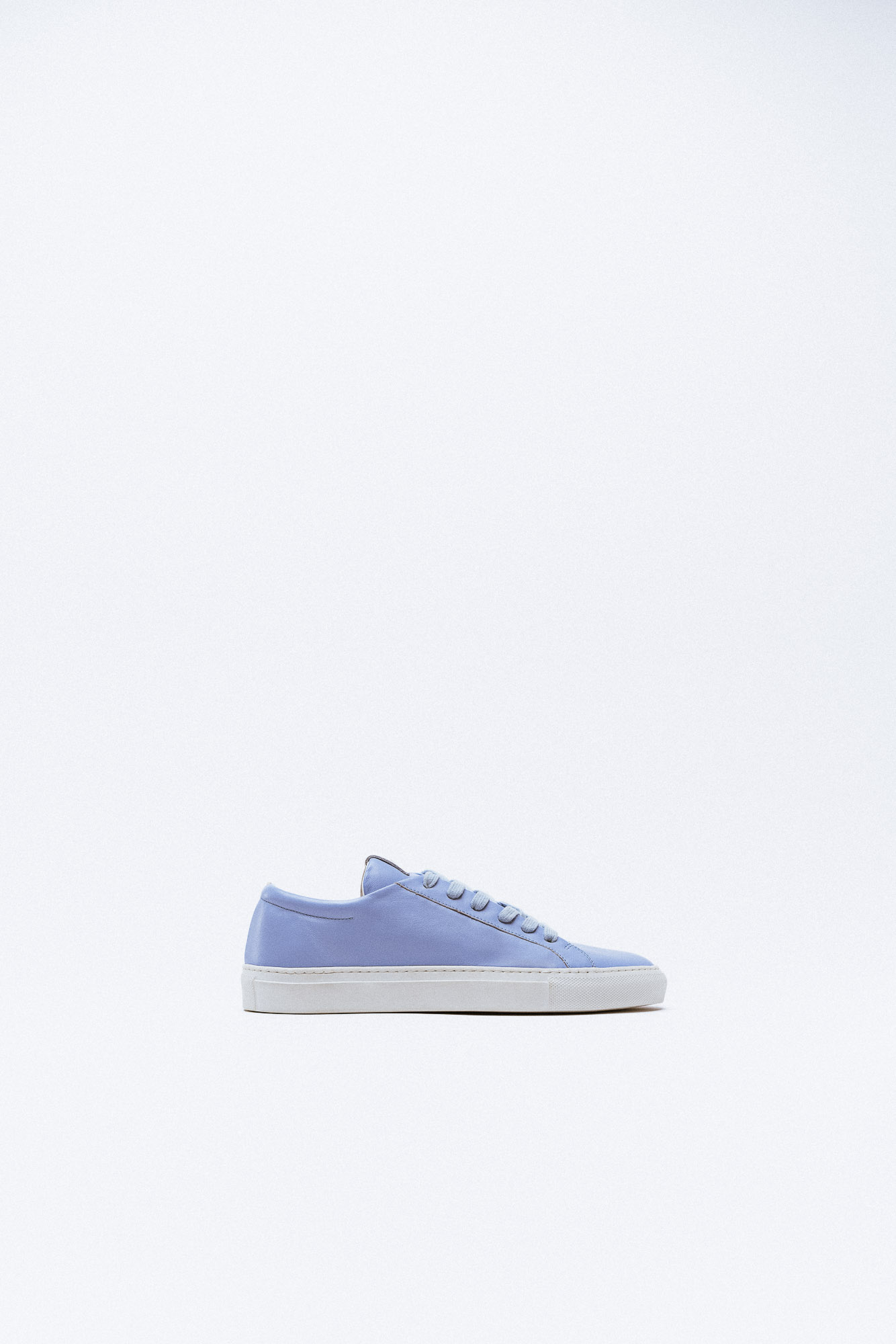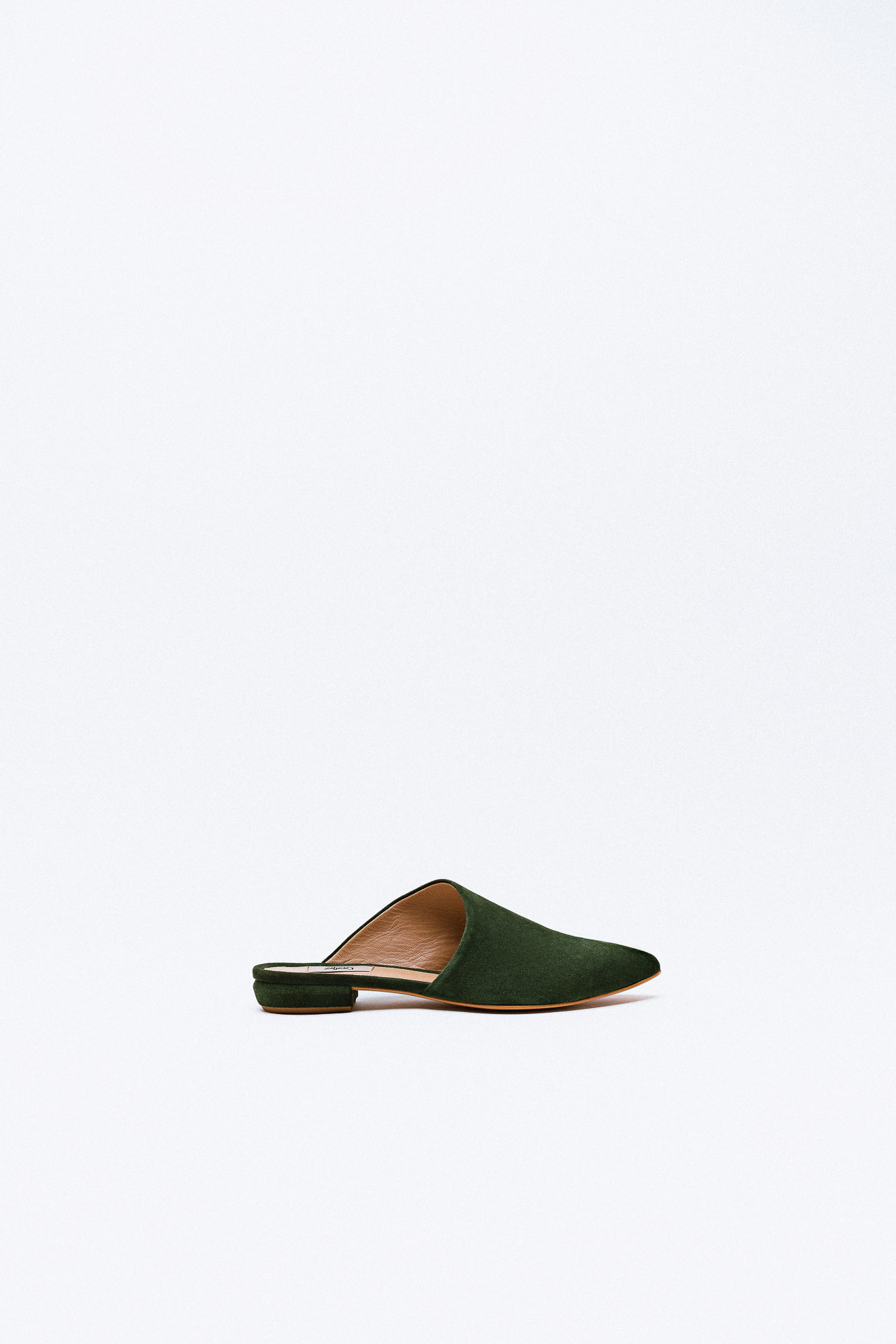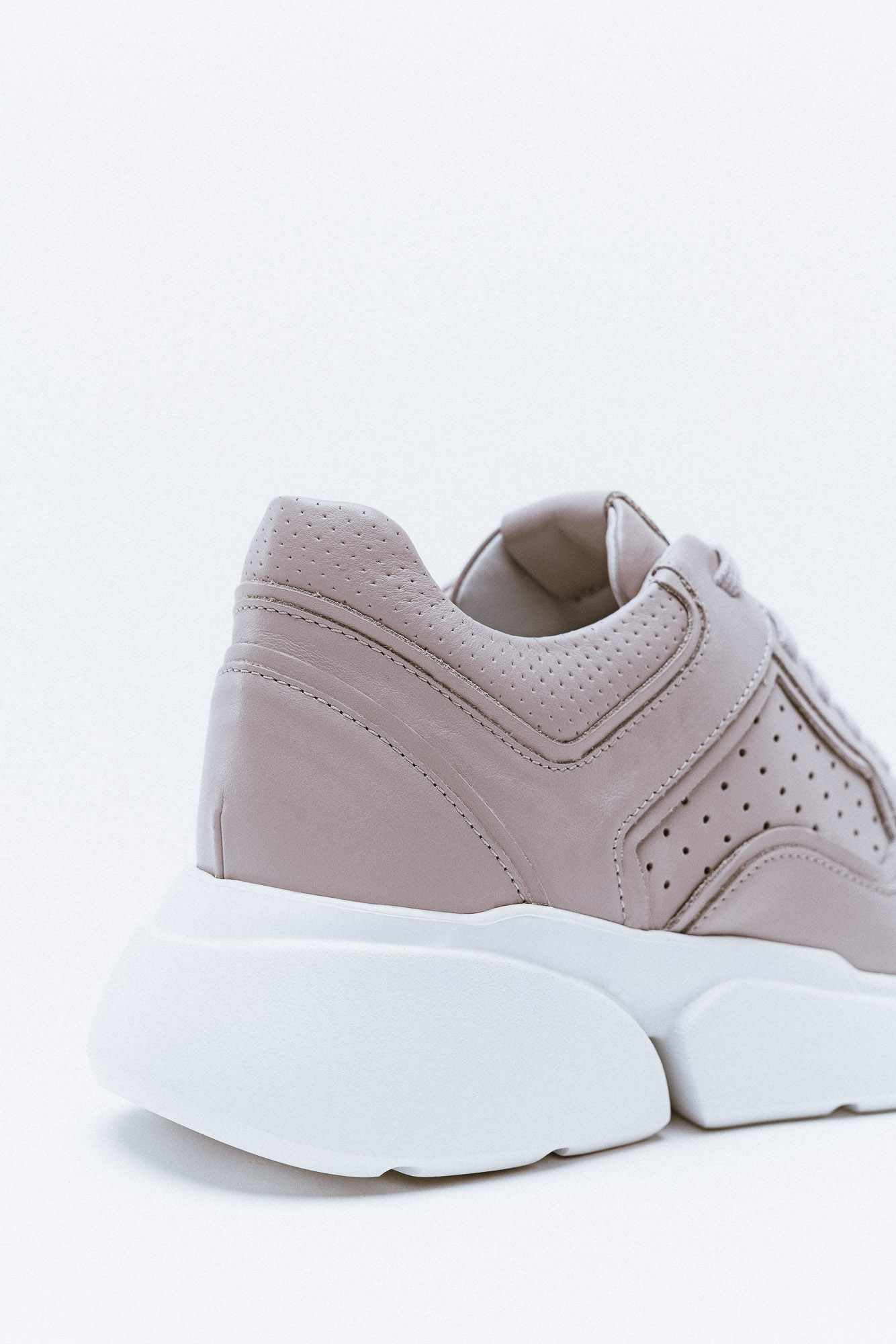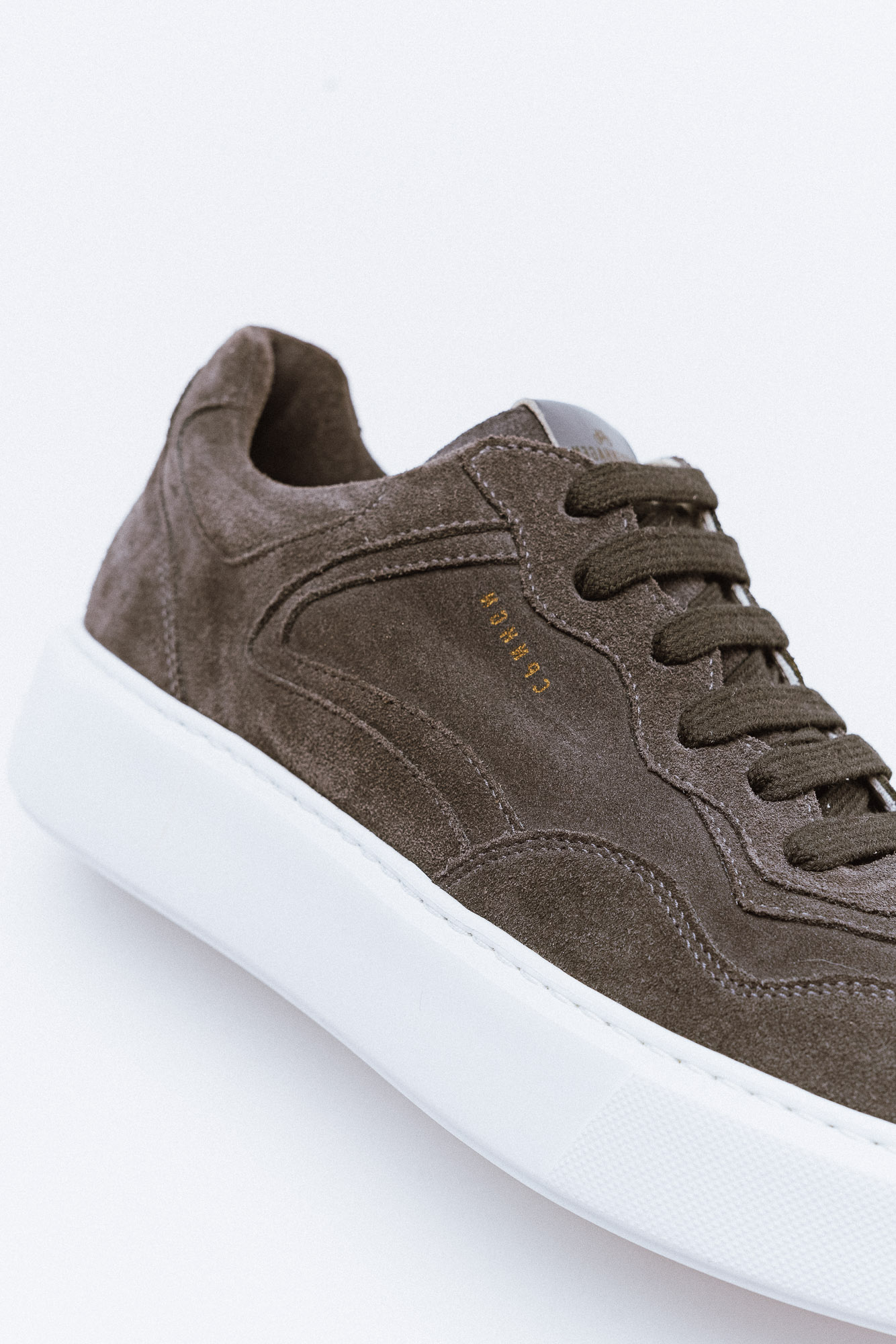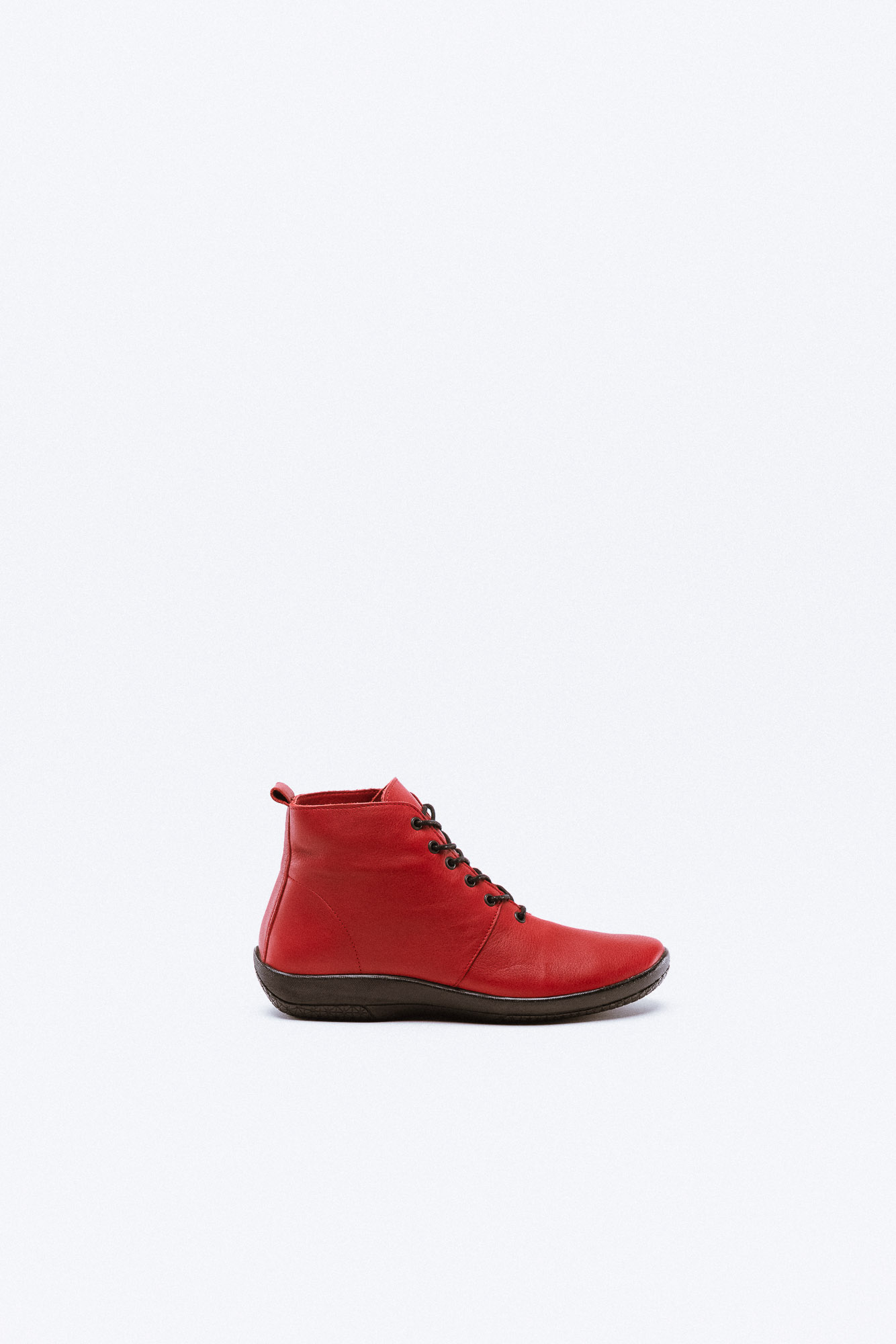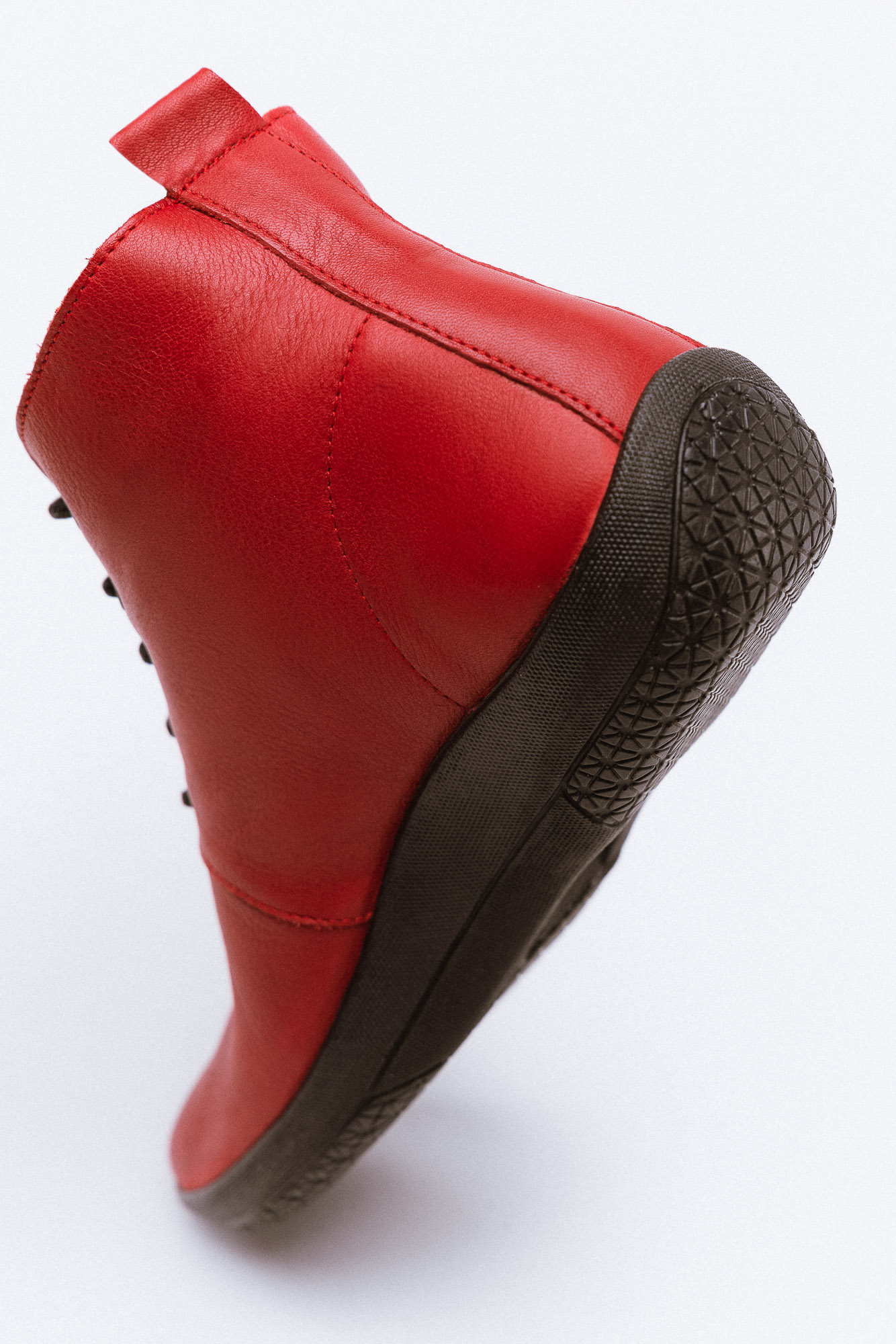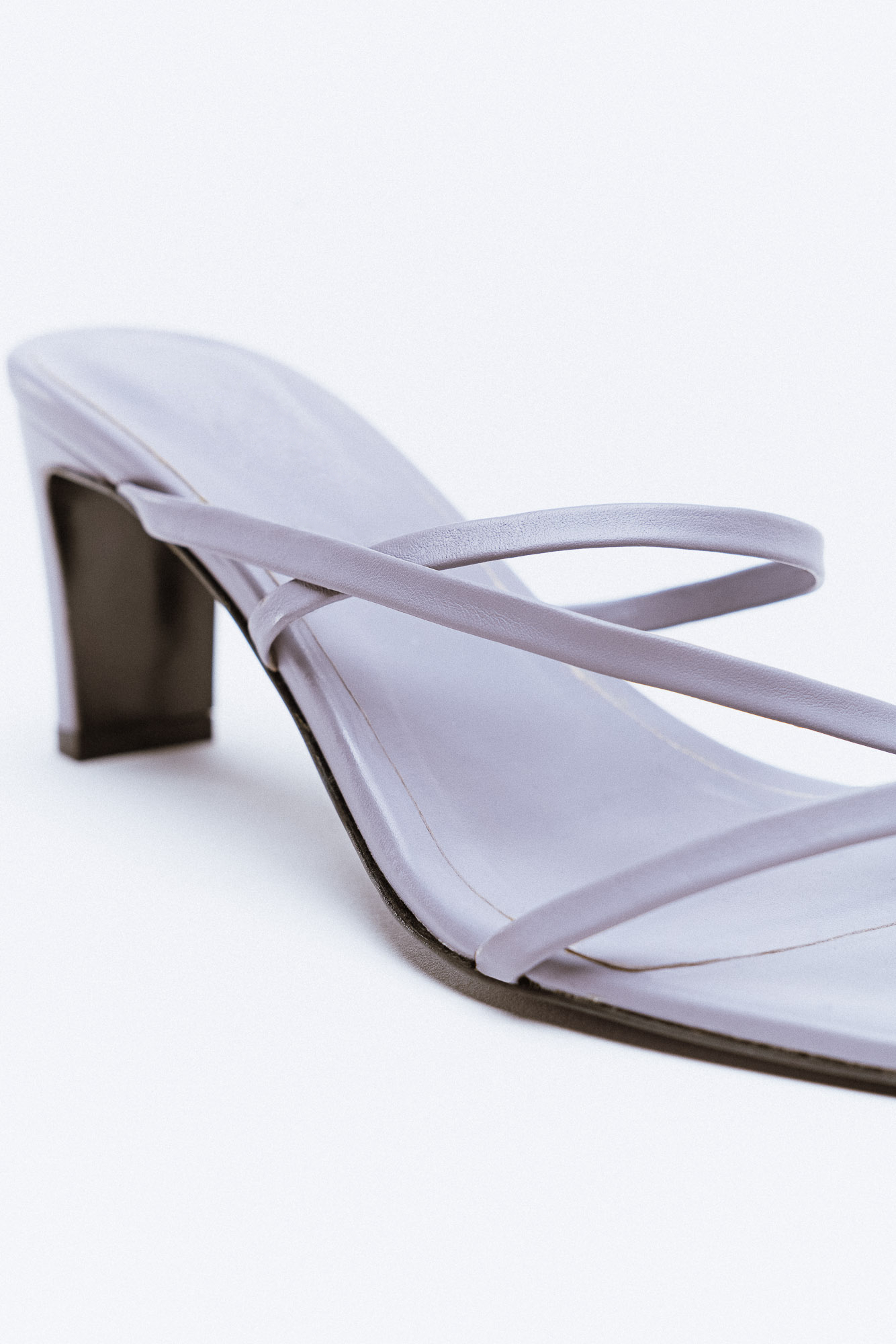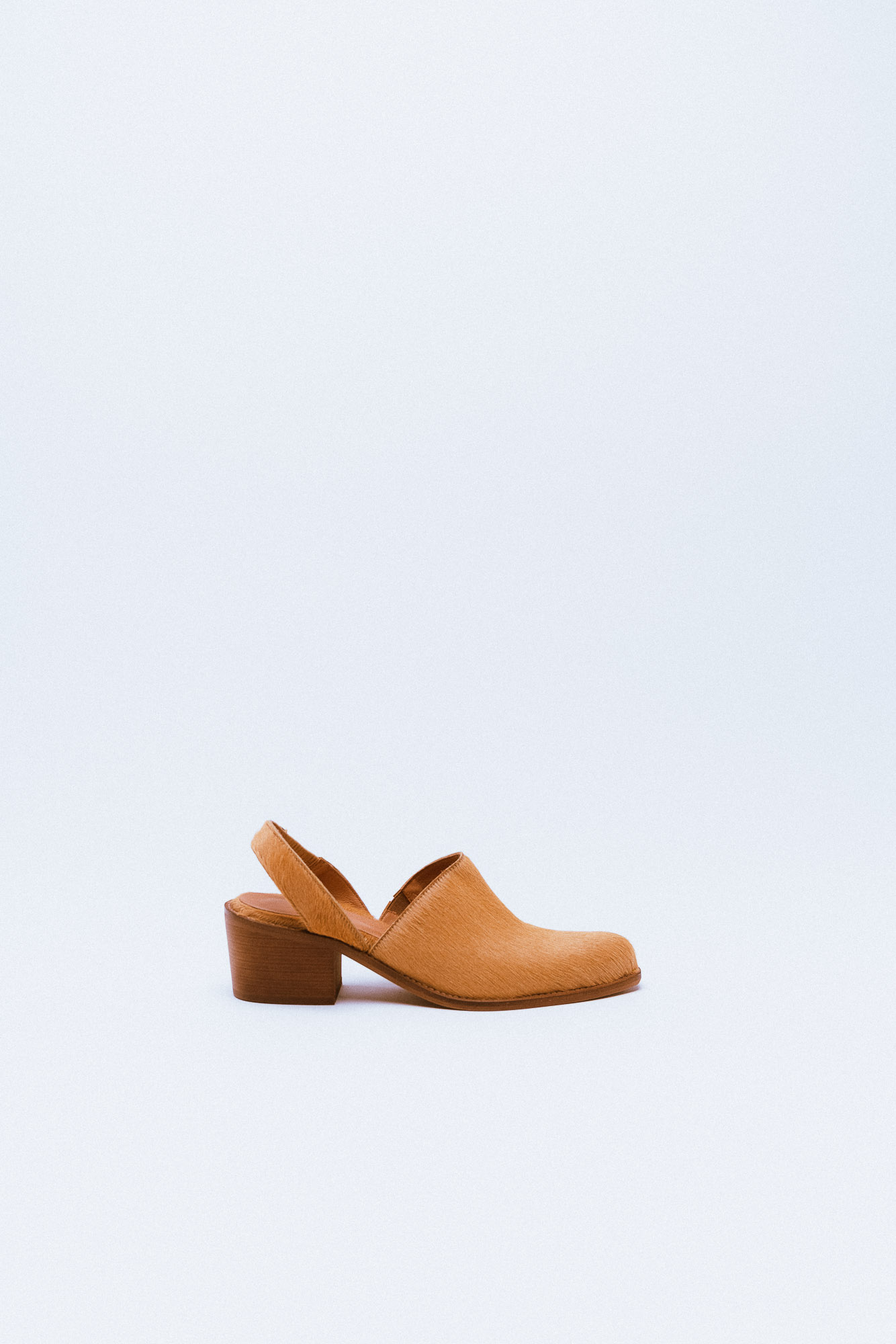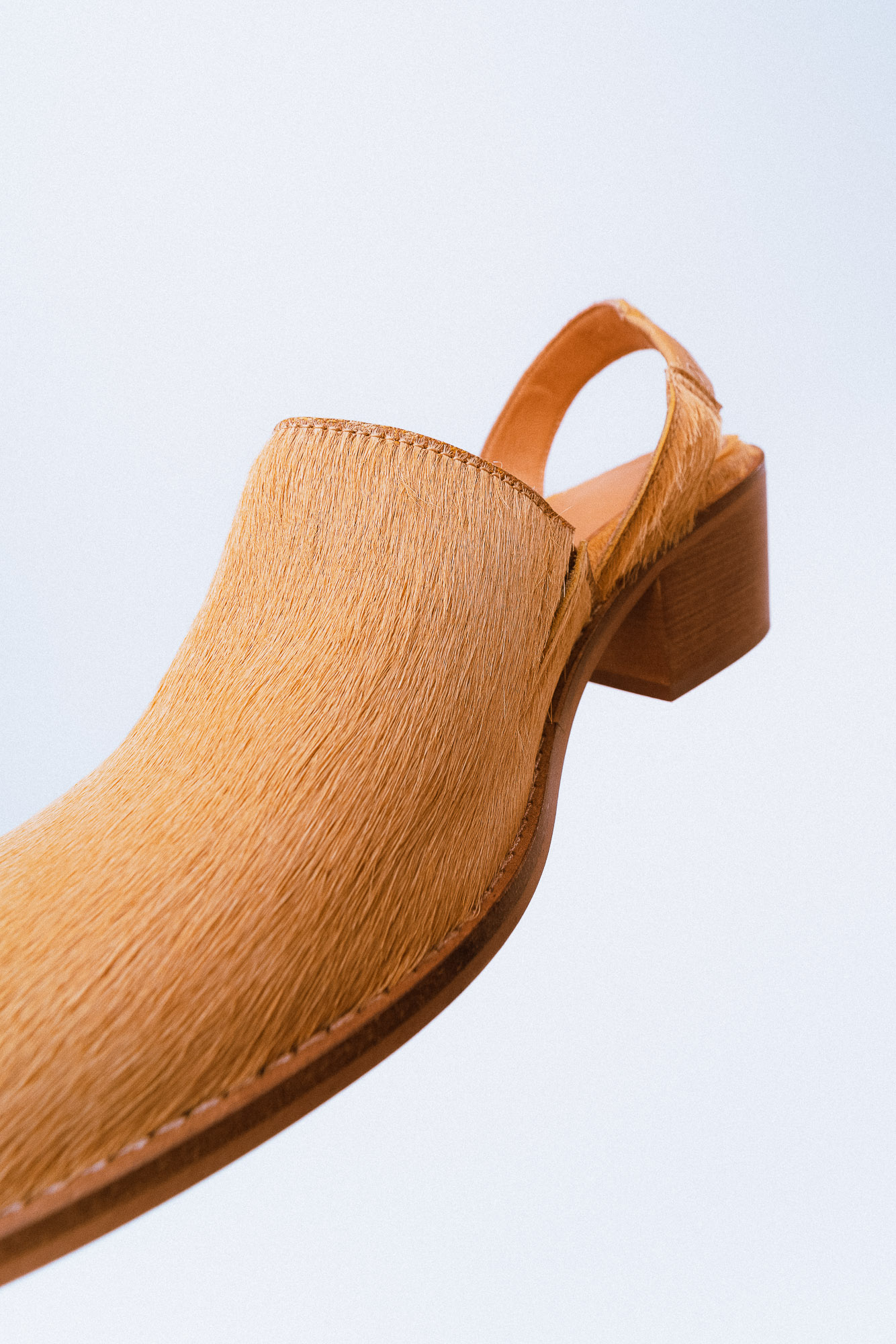To deal with the pollution caused by the textile and shoes industry, we have no interest in moving away from new technologies and fashion tech. Indeed, they allow many advances.
The first innovation that comes to mind is 3D printing, which could completely revolutionize the fashion and shoe industry. “The democratization of 3D printing will be as spectacular as that of the sewing machine”, explains Andrew Bolton, chief curator of the Costume Institute at the Metropolitan Museum of Art. 3D printing allows to produce very precise prototypes of garments without having to send them back to the manufacturer several times, and may one day allow us to produce garments at home to our exact size. Large companies like New Balance are experimenting with 3D trainers to specialize in 100% customization.
It is necessary to mention the “negative externalities” of all abuses of the shoe industry. One fabric will cost less than another, but this does not include “negative externalities” such as environmental damage. To achieve the objectives of sustainable development, it will be necessary to find alternatives to textile creation through research and development, which cannot be done without technology. Take the example of banana and pineapple fibers.
We are hearing more and more about web3, NFT and the metaverse in fashion.
Are these new technologies the solution to the extreme pollution of the shoe industry?
The metaverse allows users to design their own avatars via a 3D virtual reality platform. The metaverse has “become a major new issue in the textile industry and represents a $50 billion opportunity by 2030 for the fashion and luxury market” (according to the investment bank Morgan Stanley). Shoes brands are rushing to invest in these new technologies like Nike has bought the virtual trainer brand RTKFT.
The metaverse has many advantages: no waste, no transport problems, no stocks (there is no residual stock that must be sold at a reduced price, given away or destroyed), no shootings and no sizes. The fashion bonus in the metaverse would be a shoe that can be seen as in real life, without moving. It would be a kind of tool to better show the physical garment, better imagine it. And what if, in the end, virtual reality made us want to anchor ourselves in reality? What if wearing a shoe in augmented reality made us want to leave our homes, to go to a shop to feel the softness of the textile? The metaverse must enrich our physical reality! The metaverse is therefore a real boon for the ultra-polluting shoe industry.
Fashion has always been at the forefront of innovation. In our fast-paced society, the future of fashion holds many surprises.
Know more about the fashion industry at:





